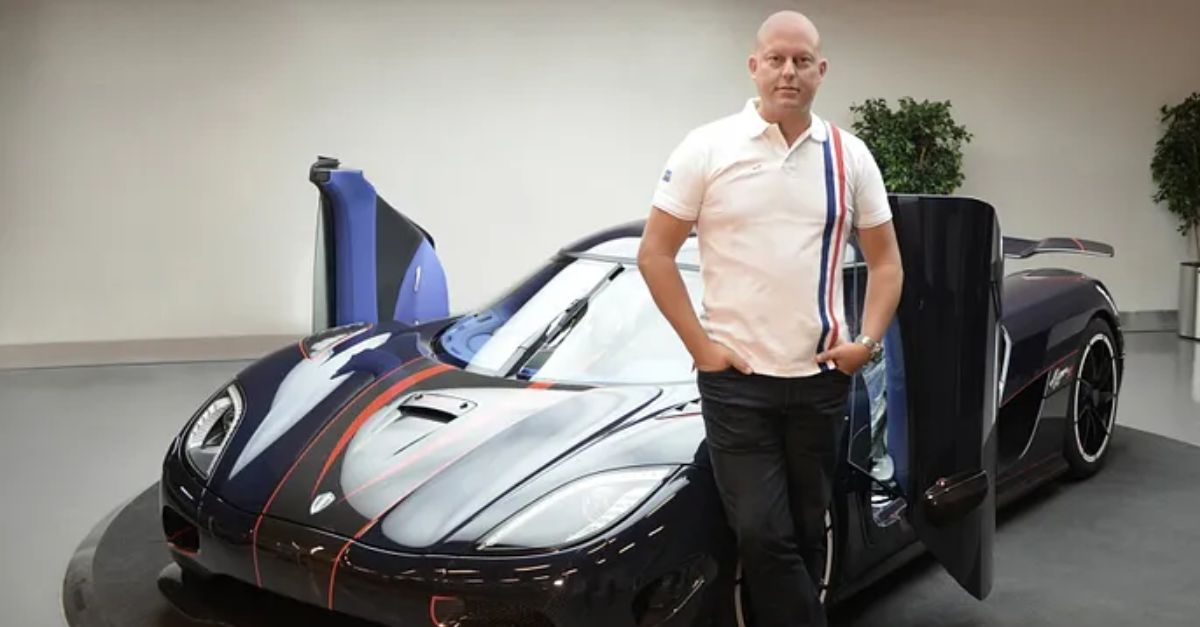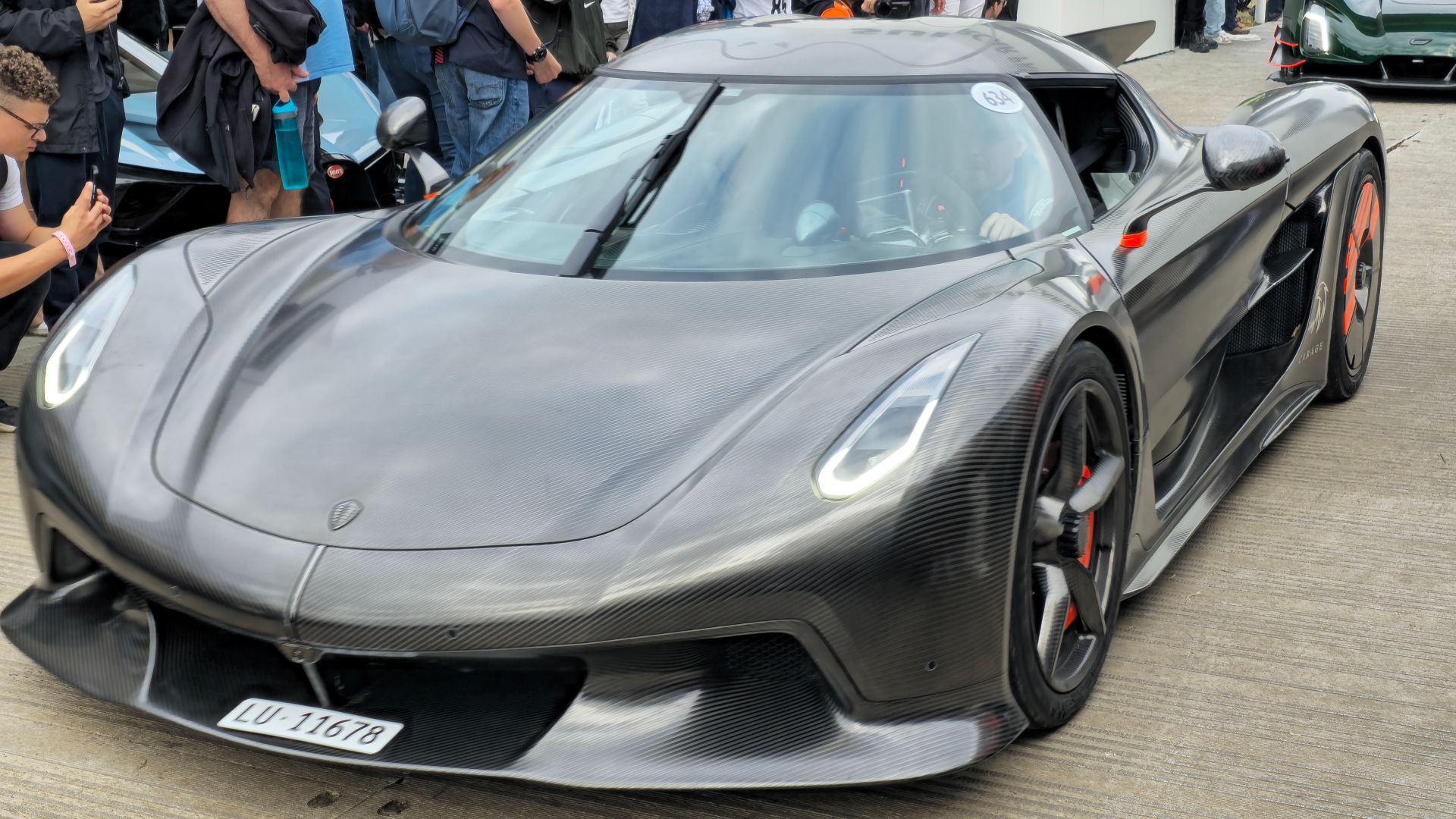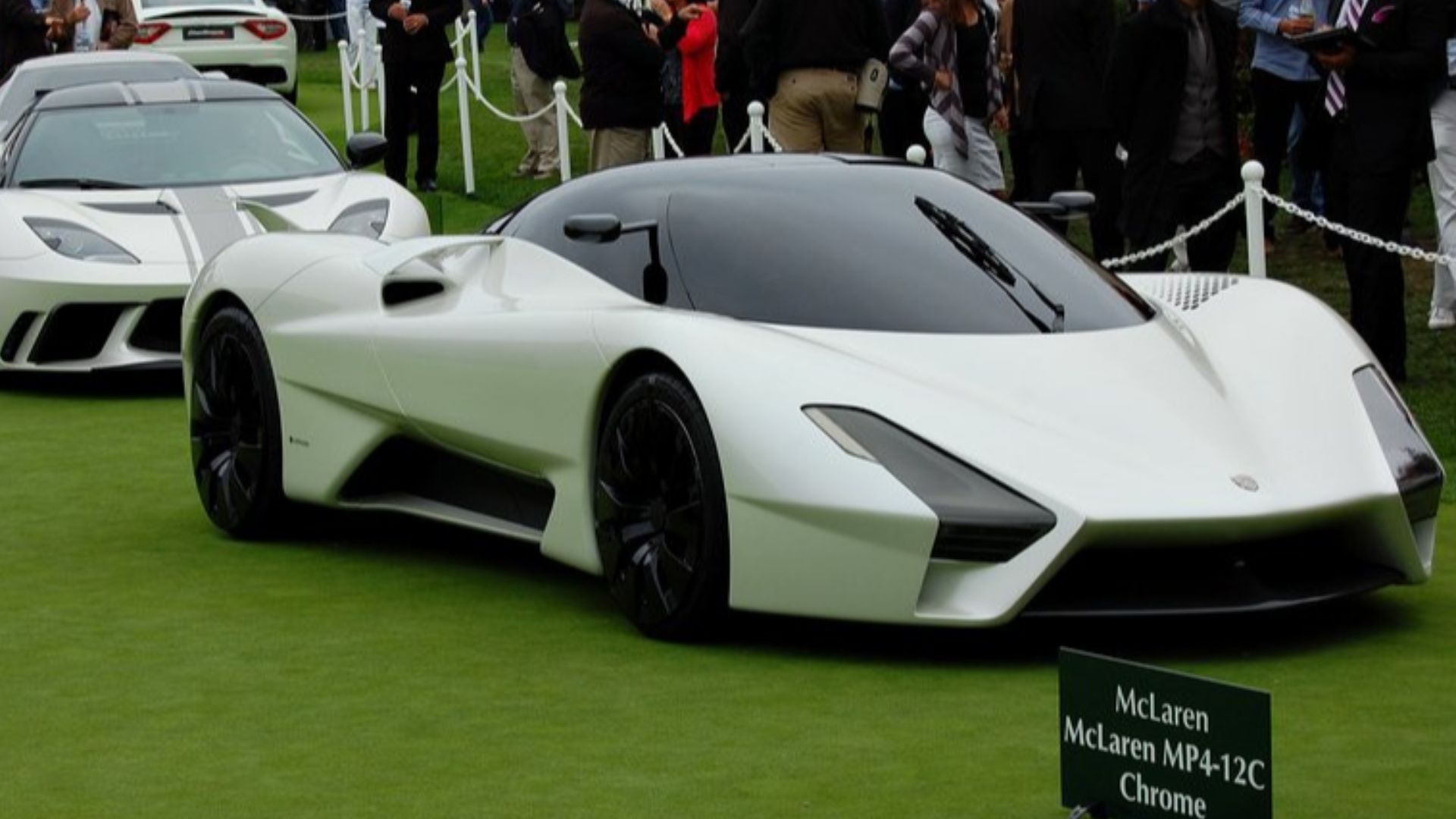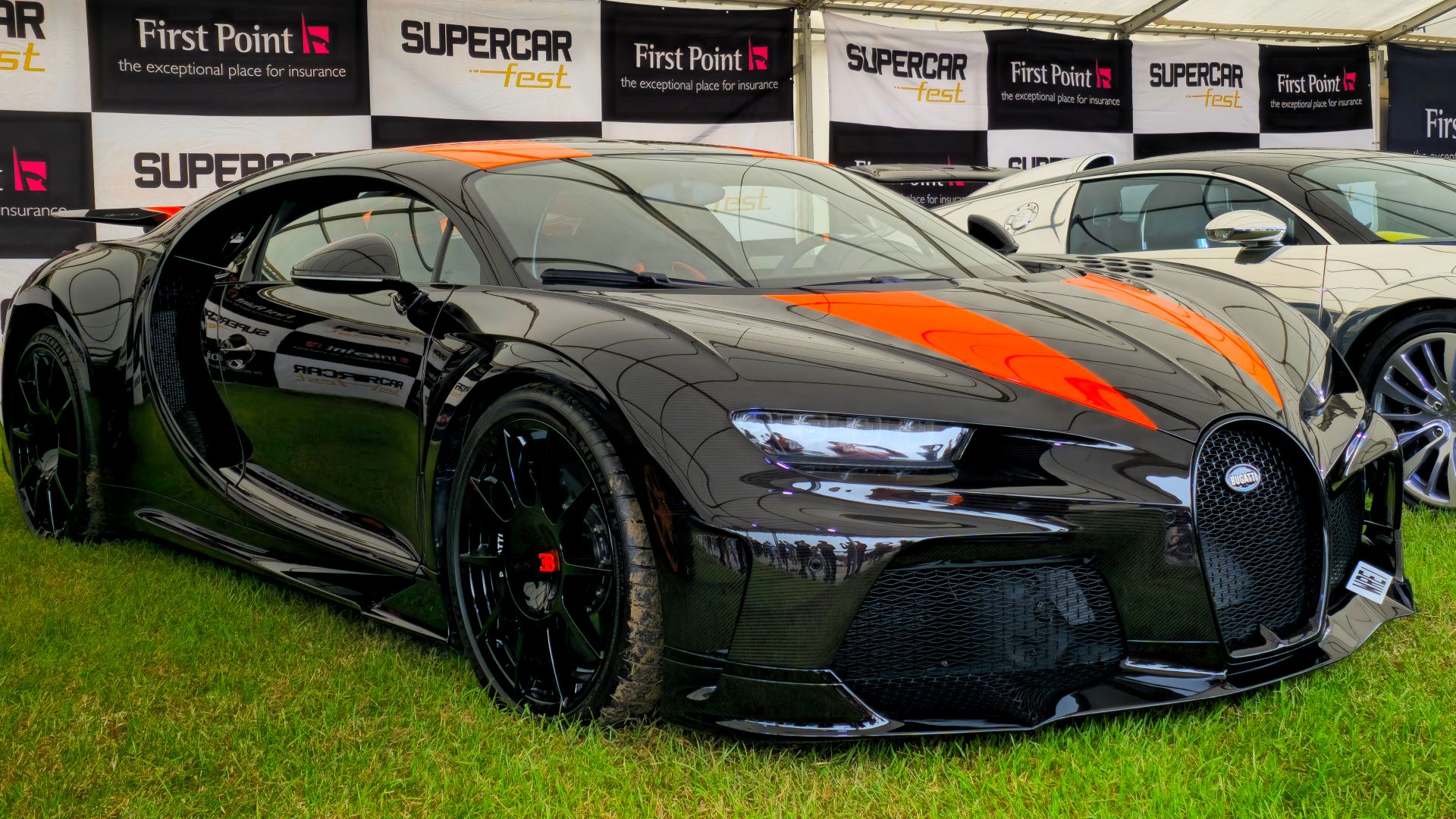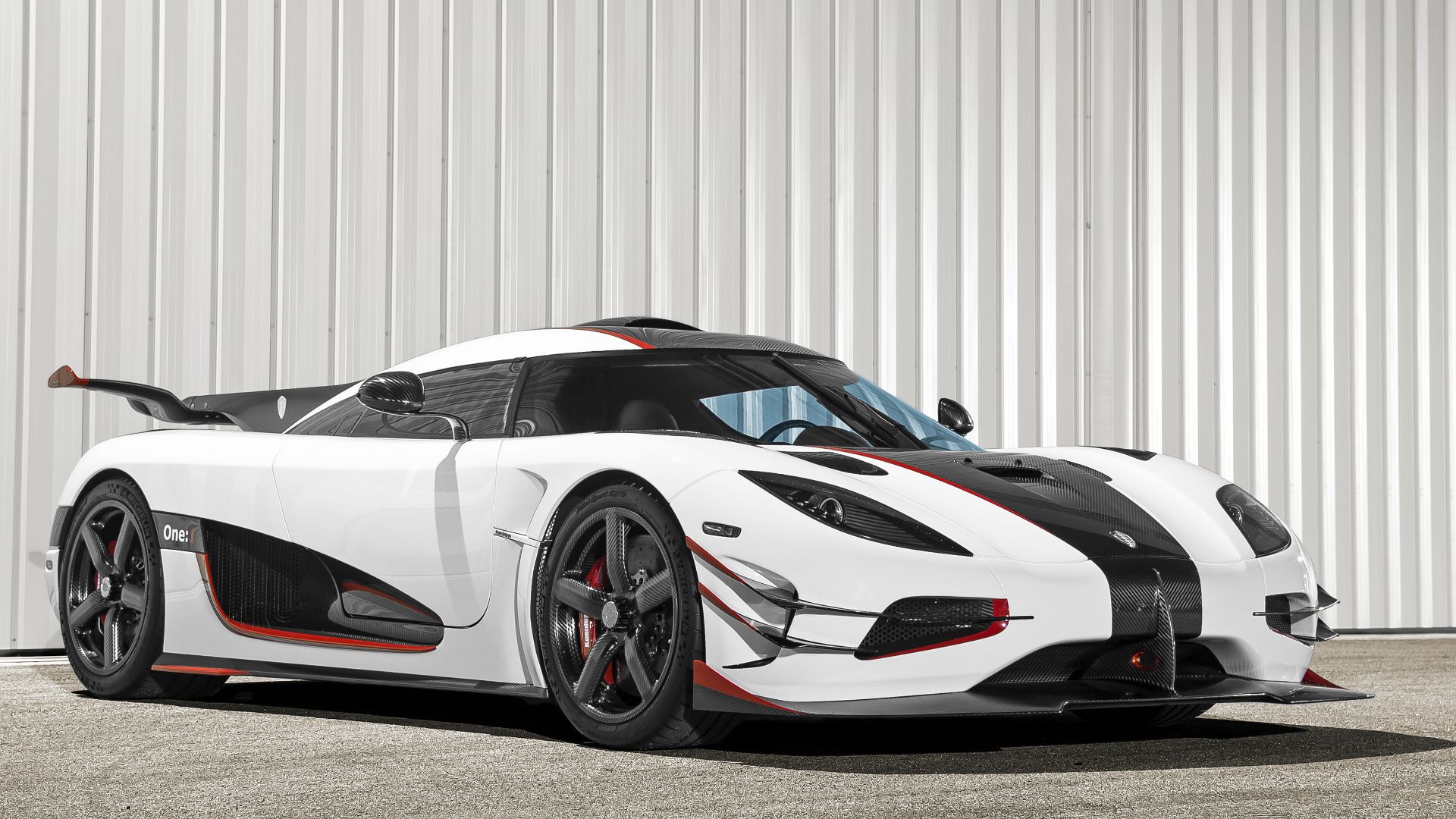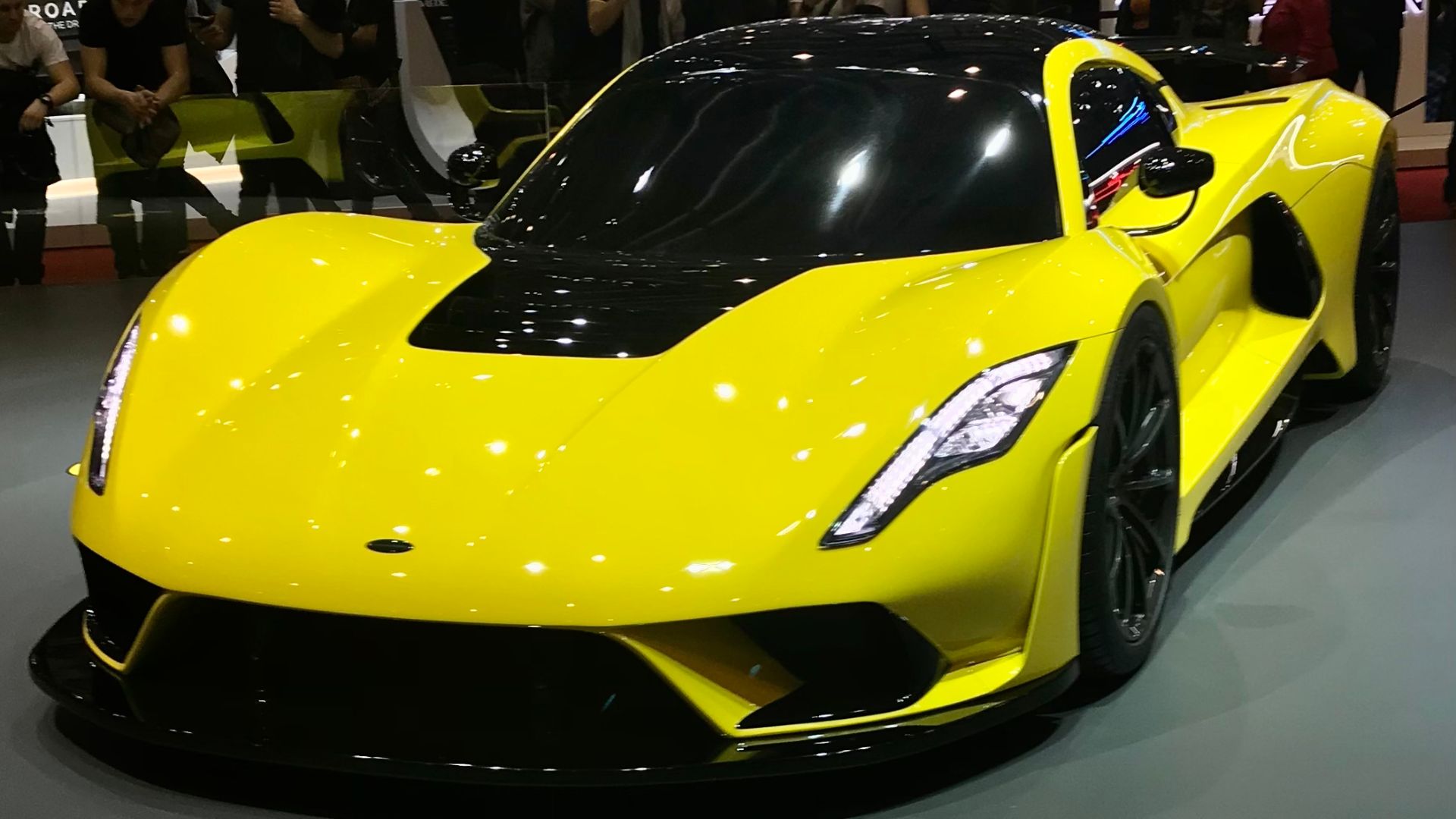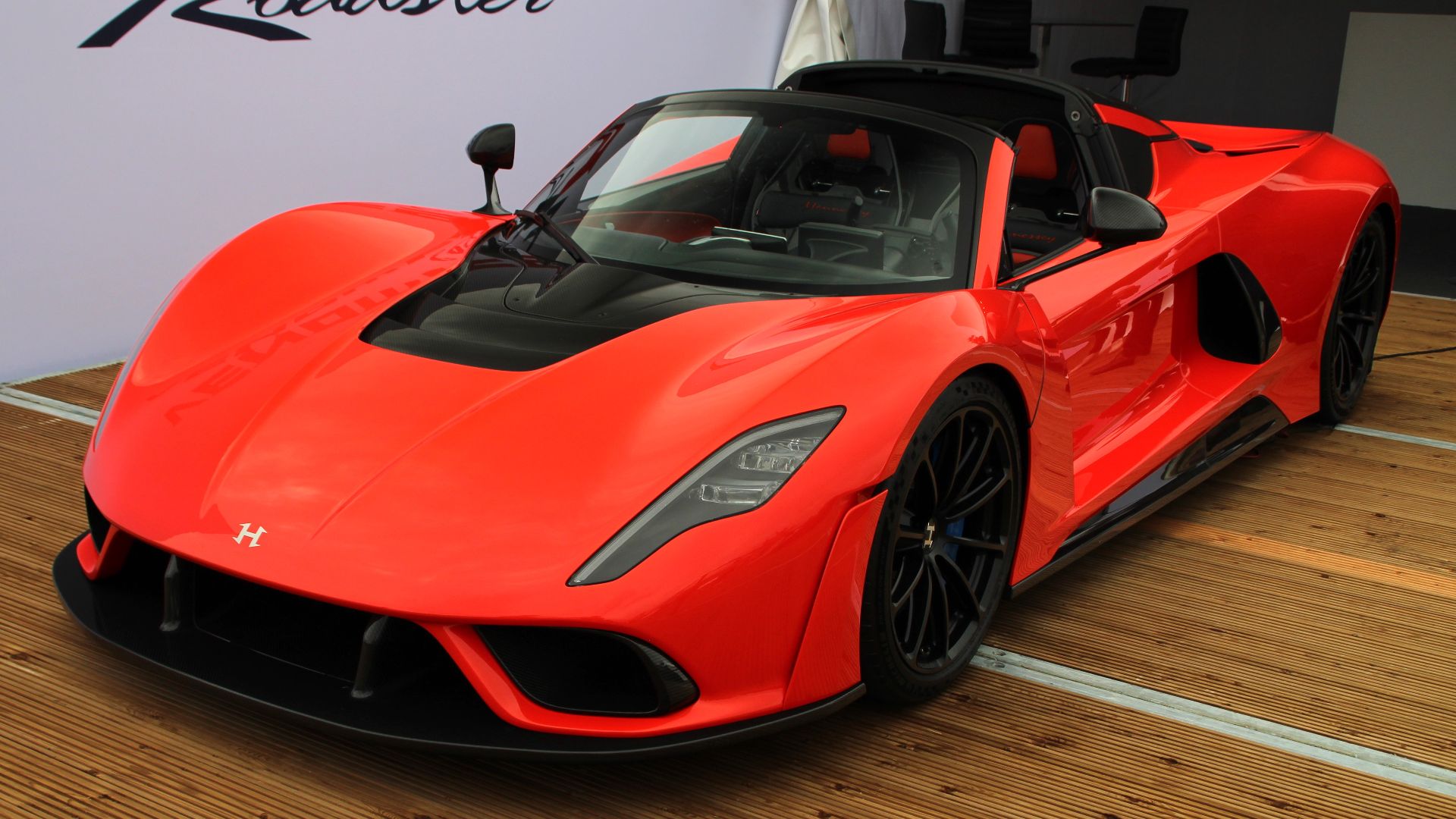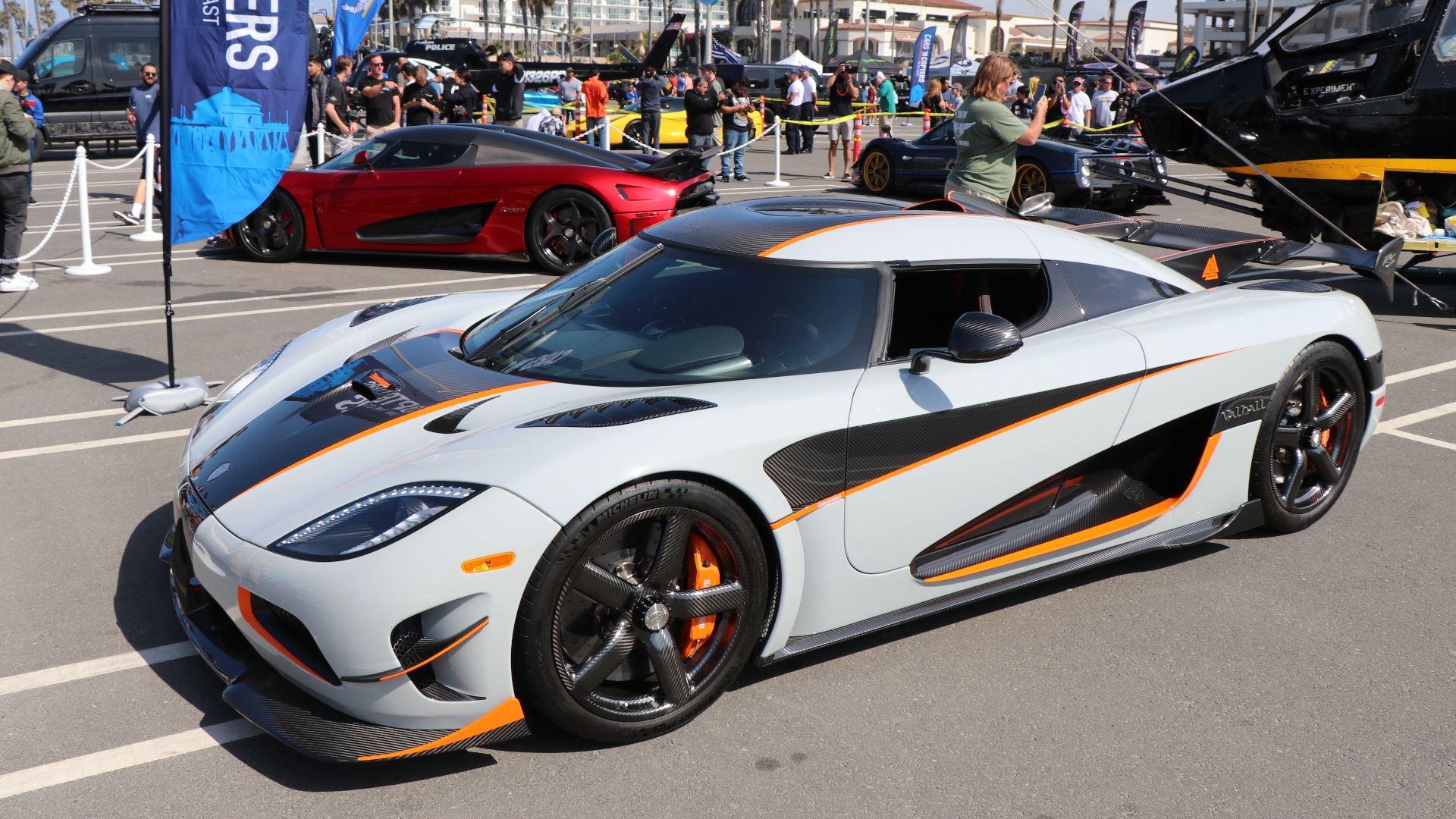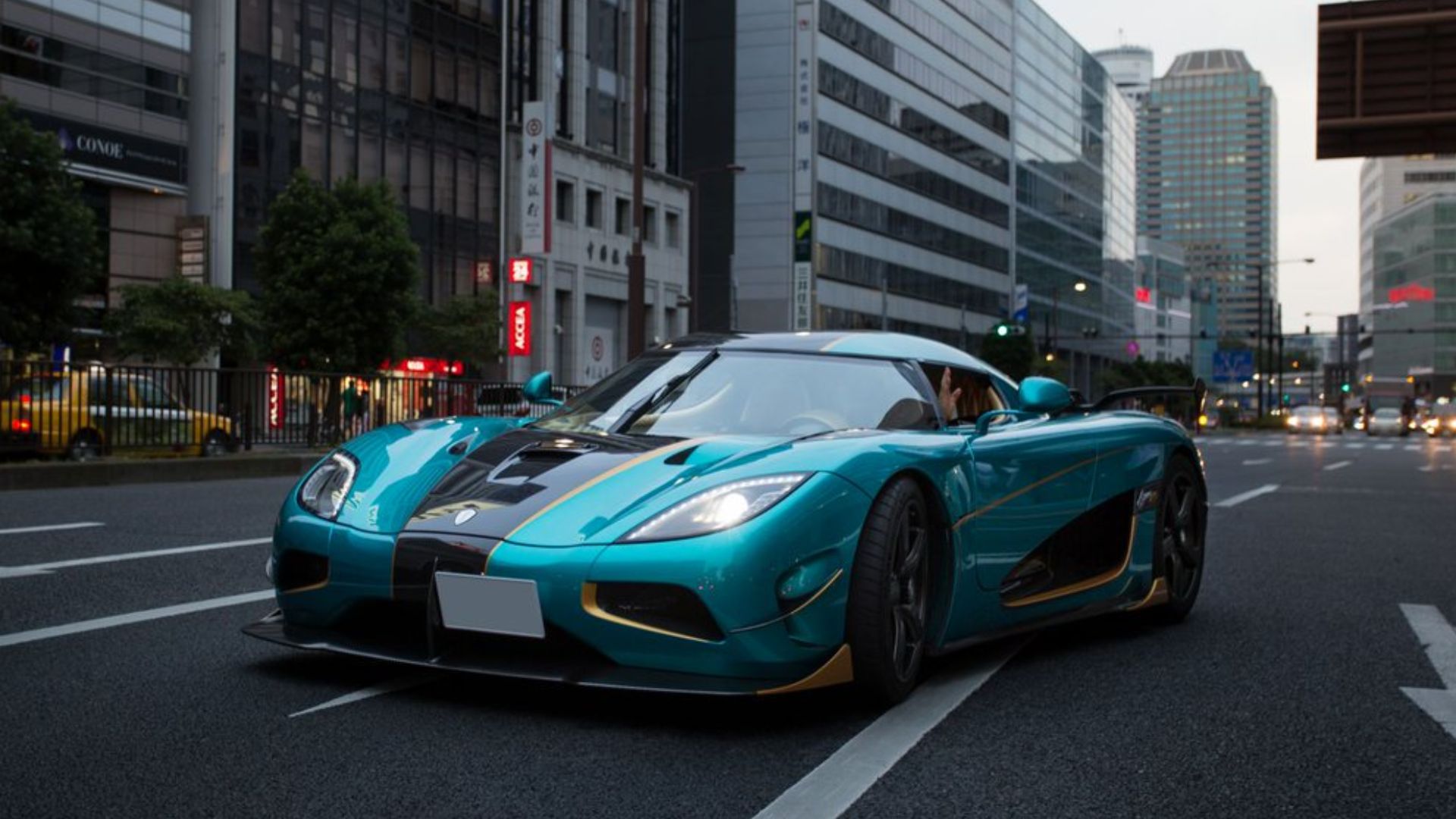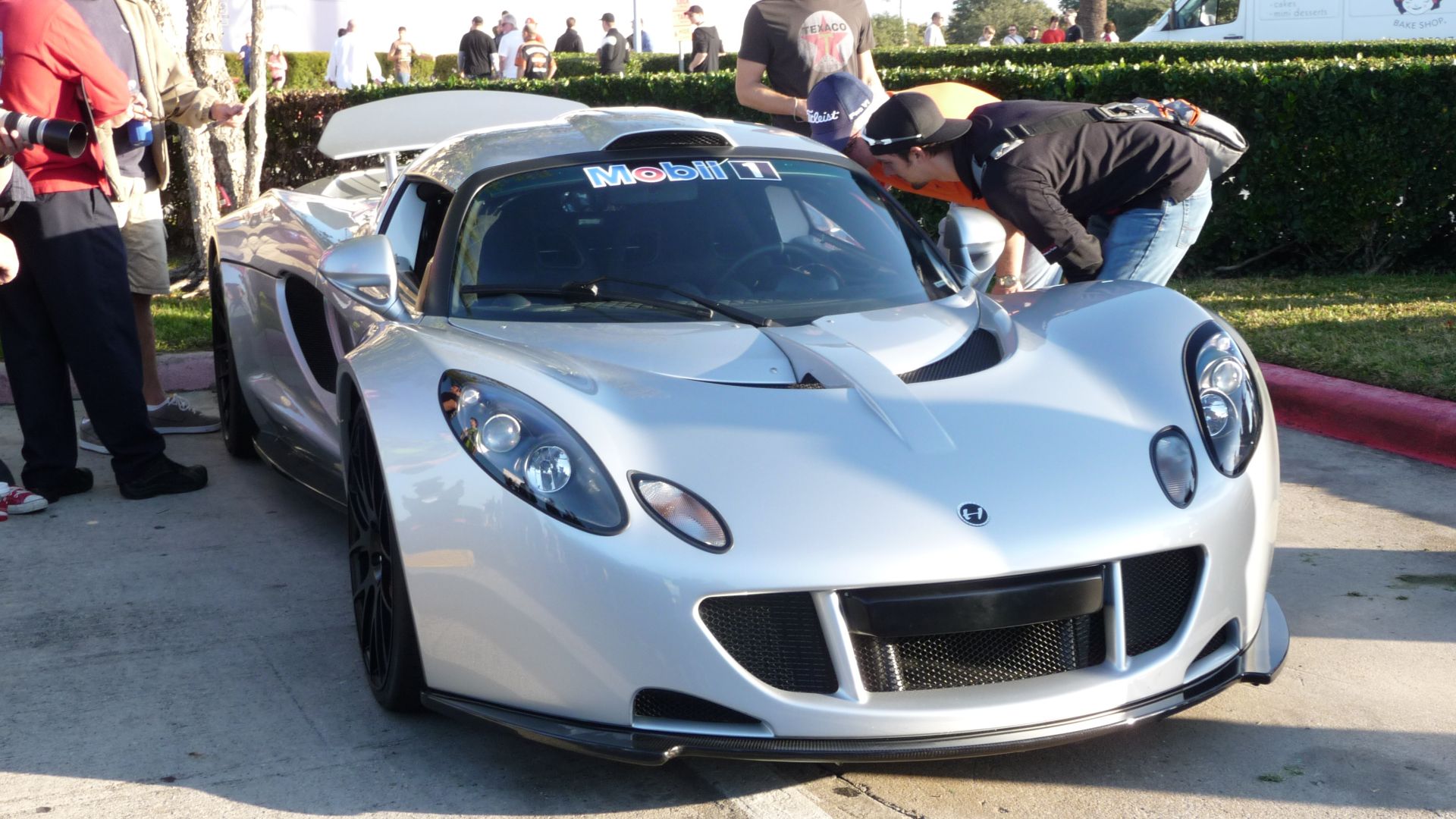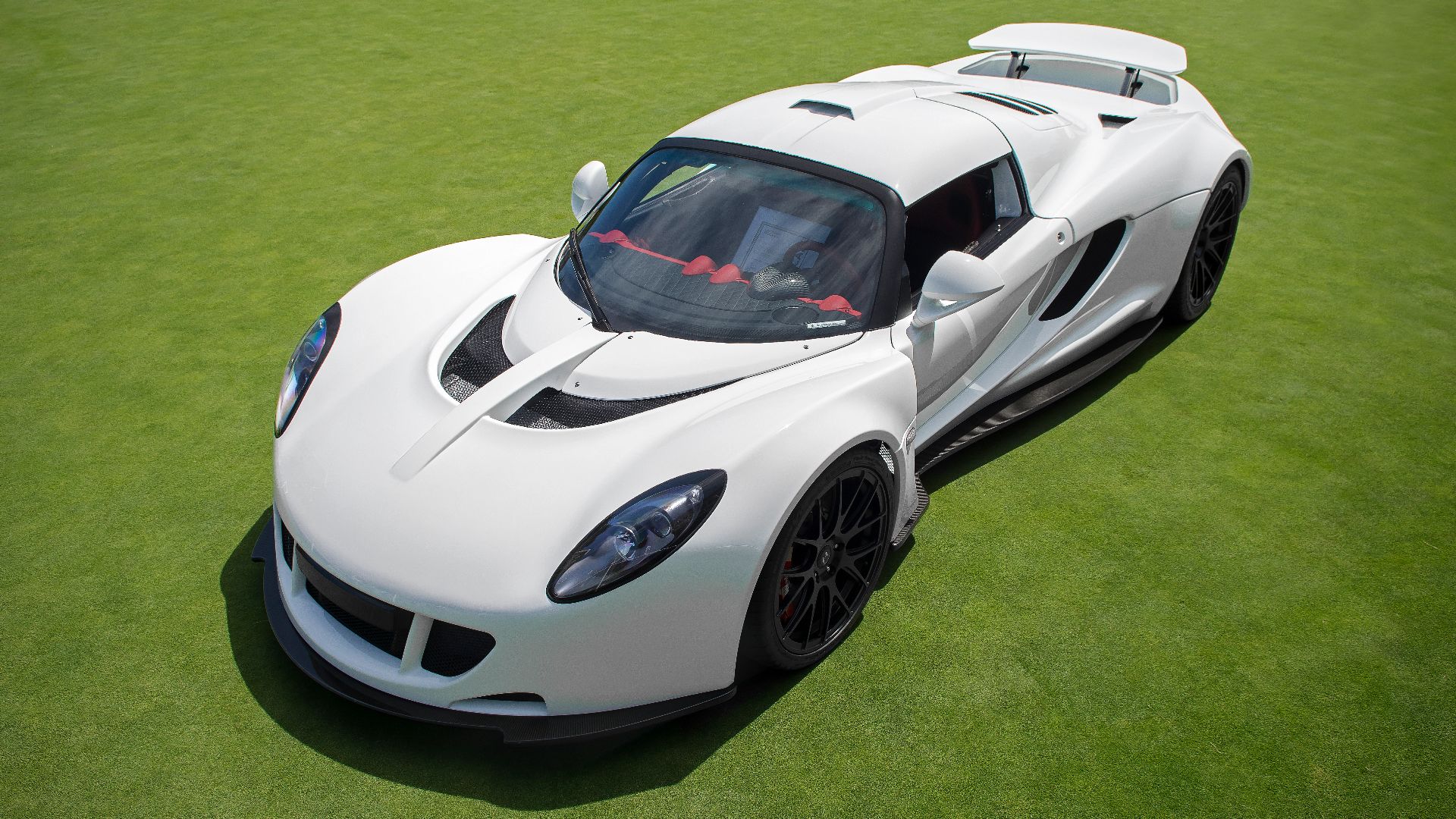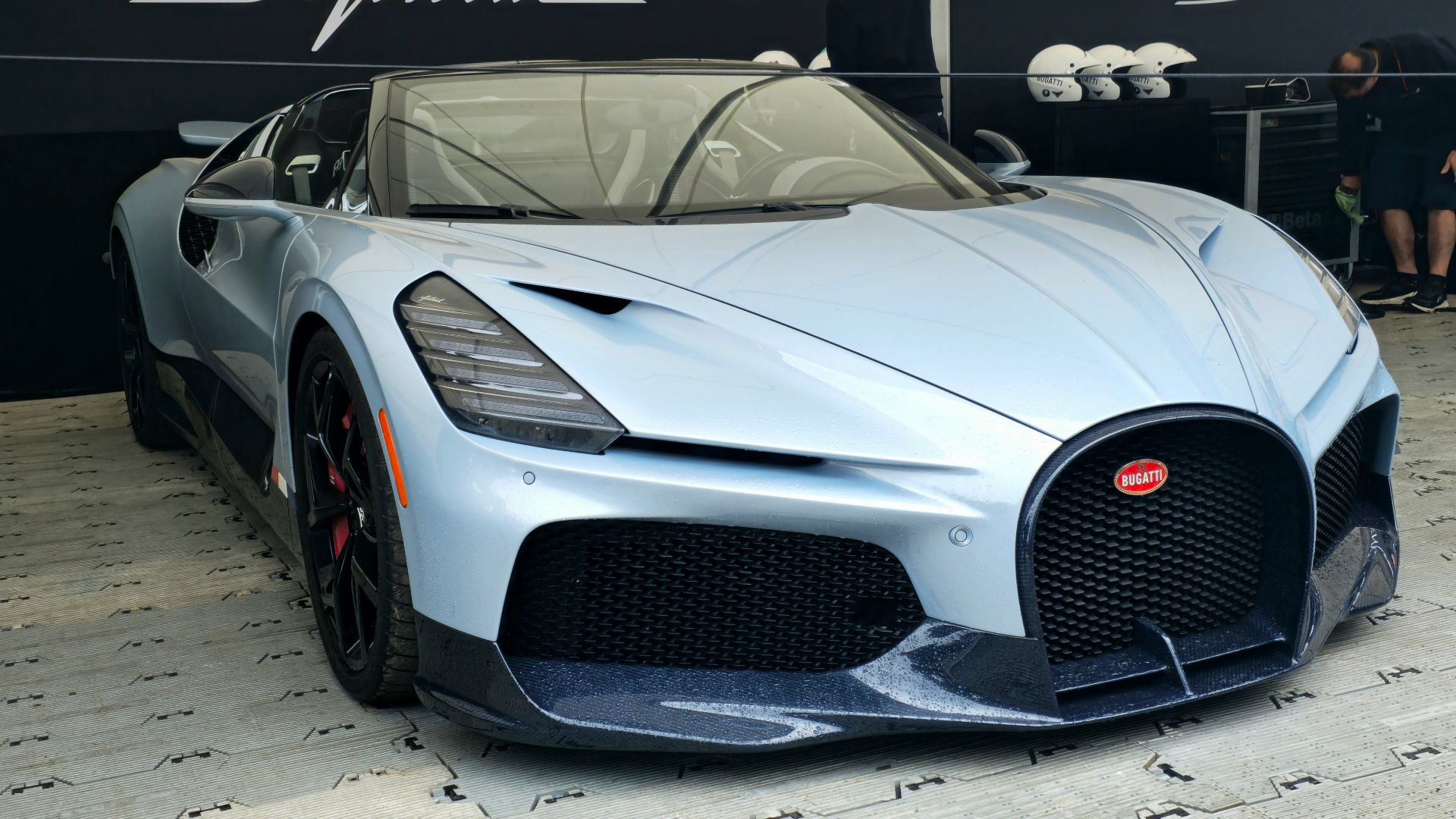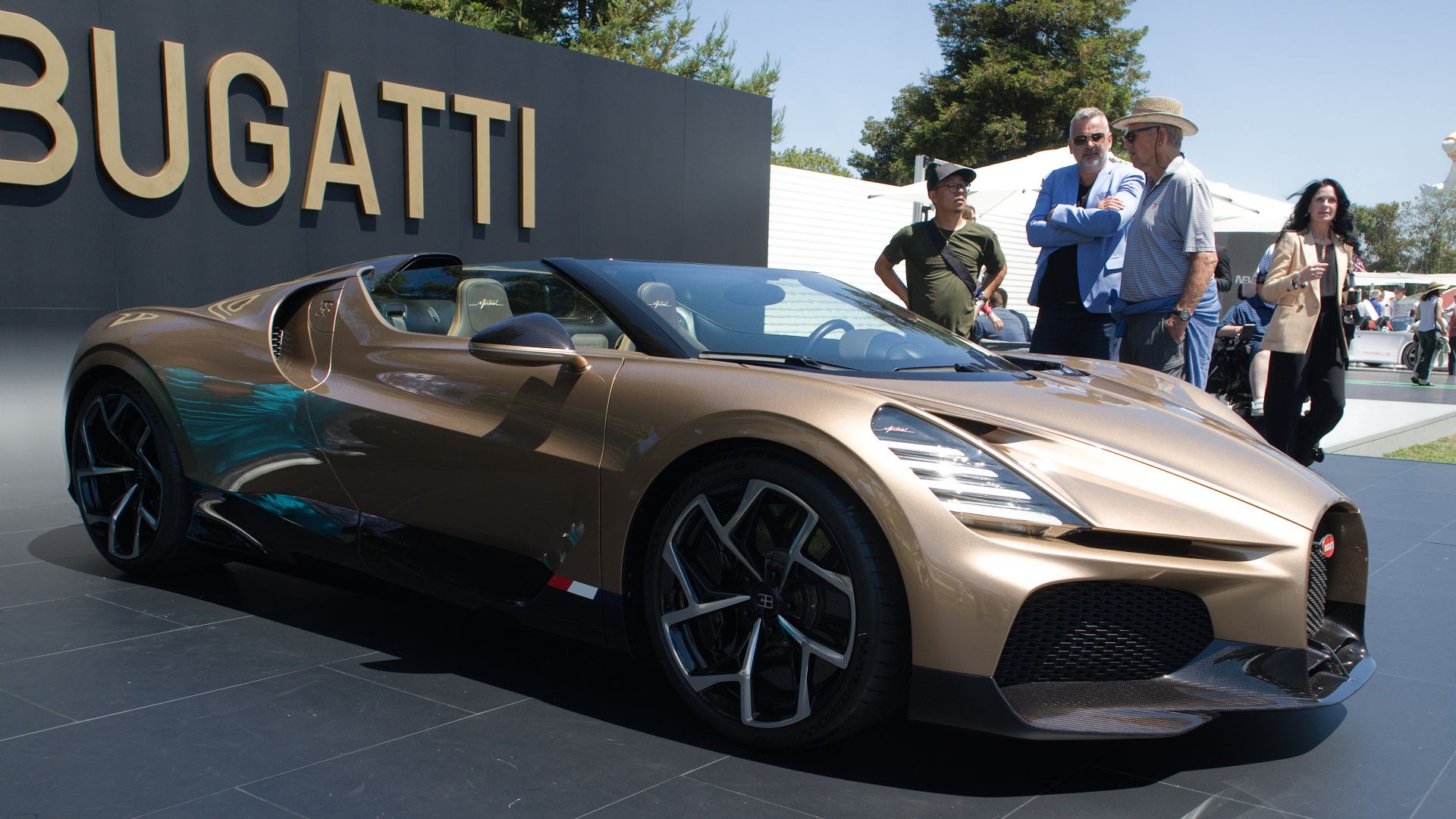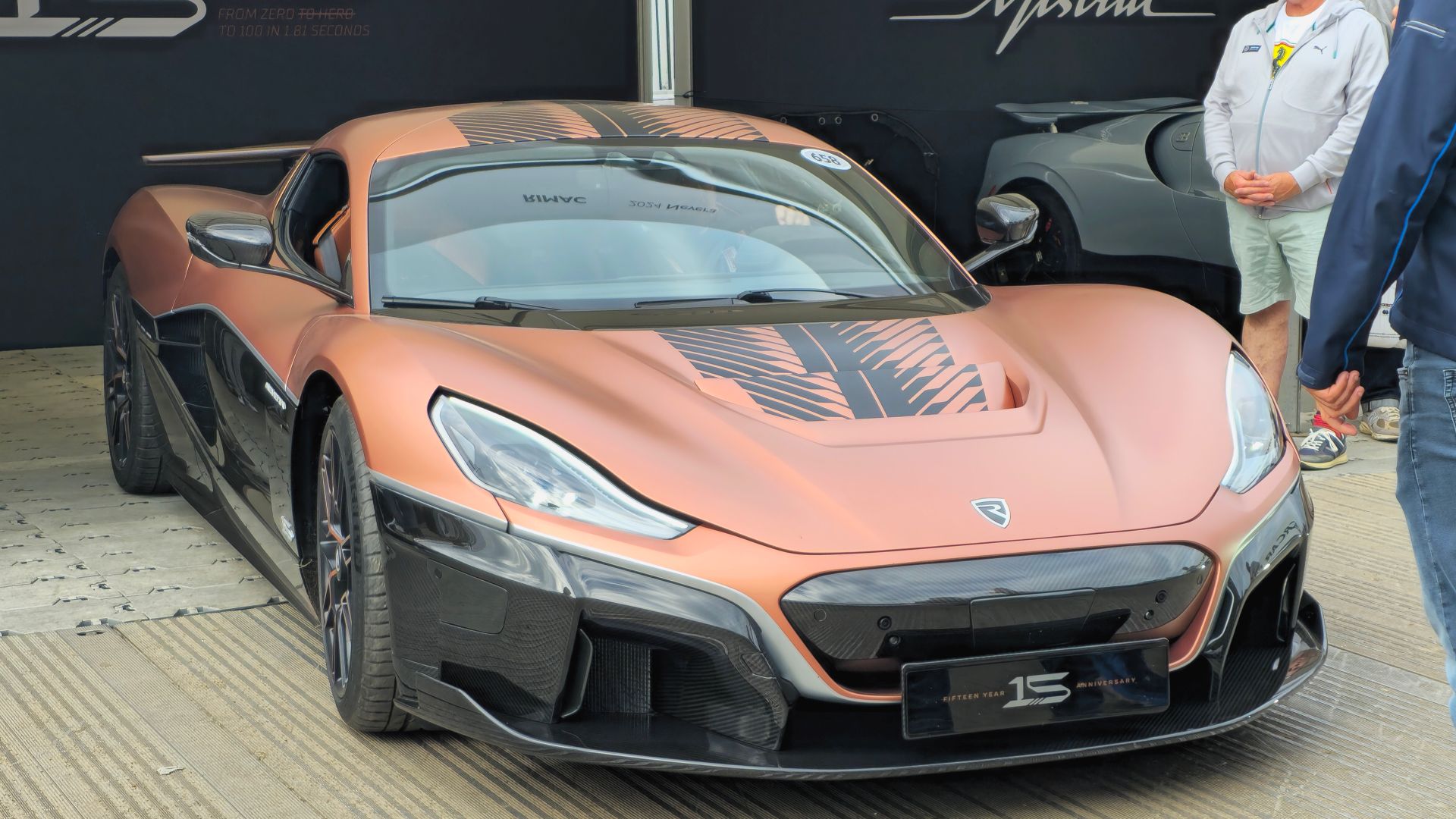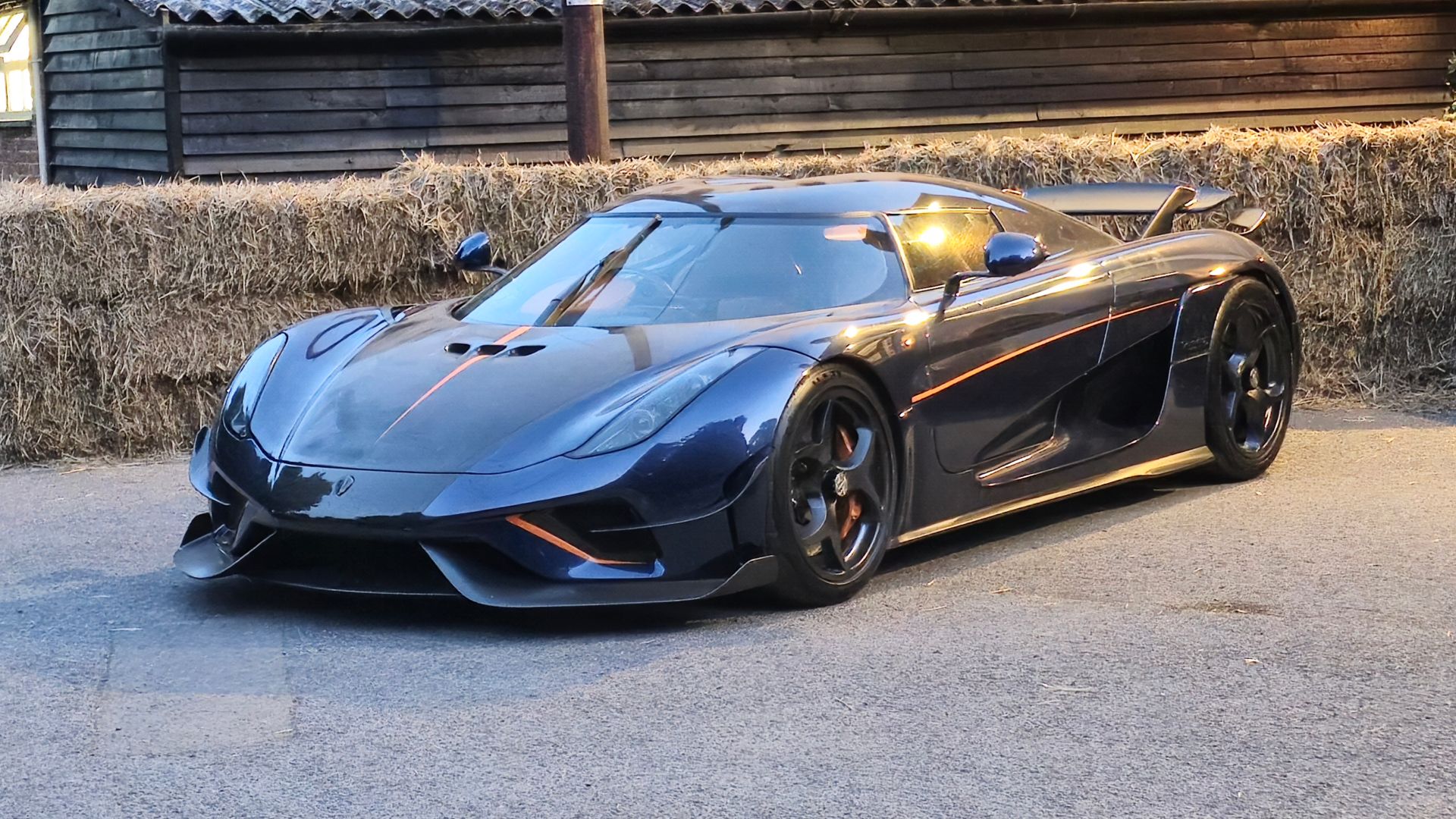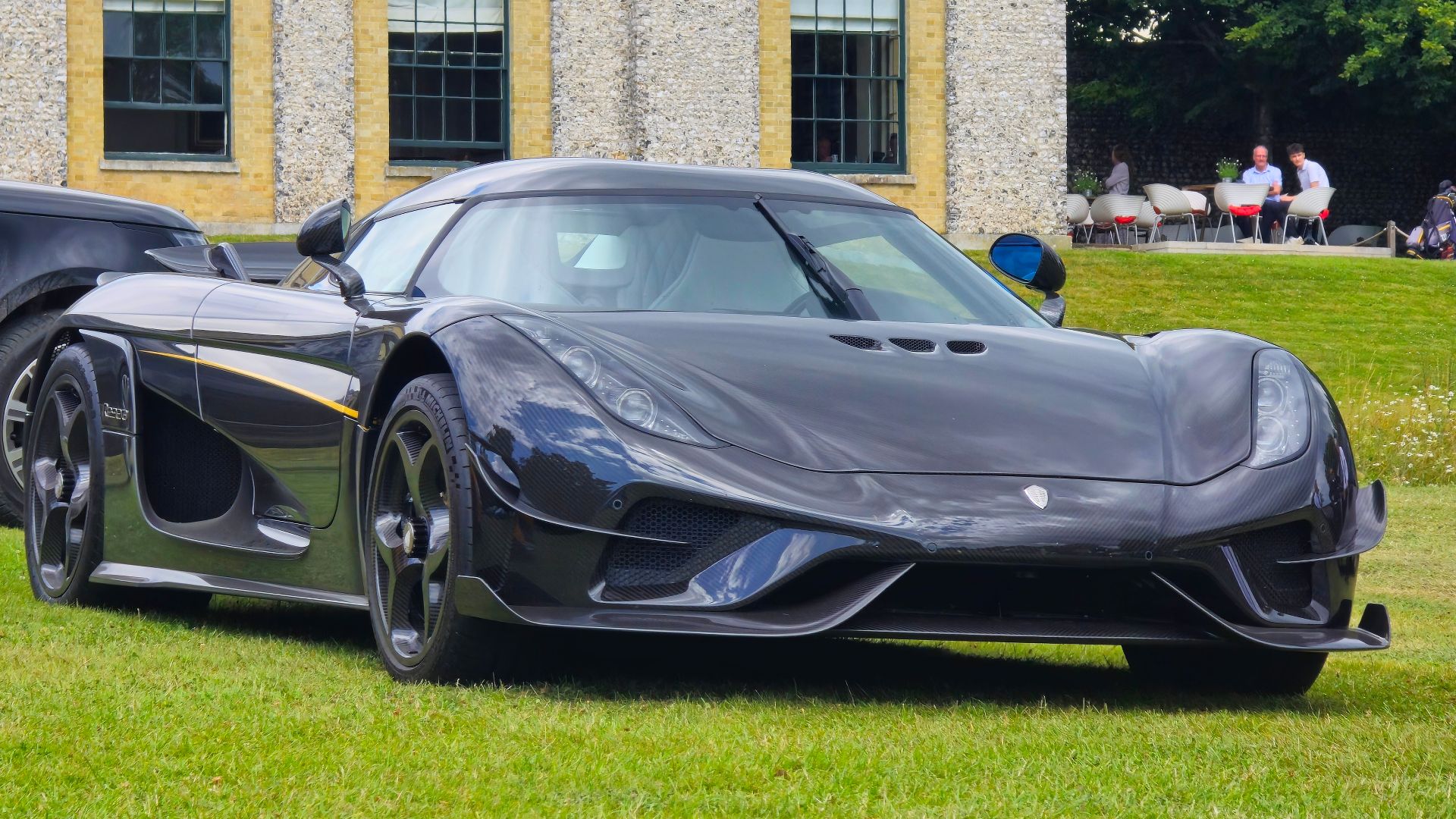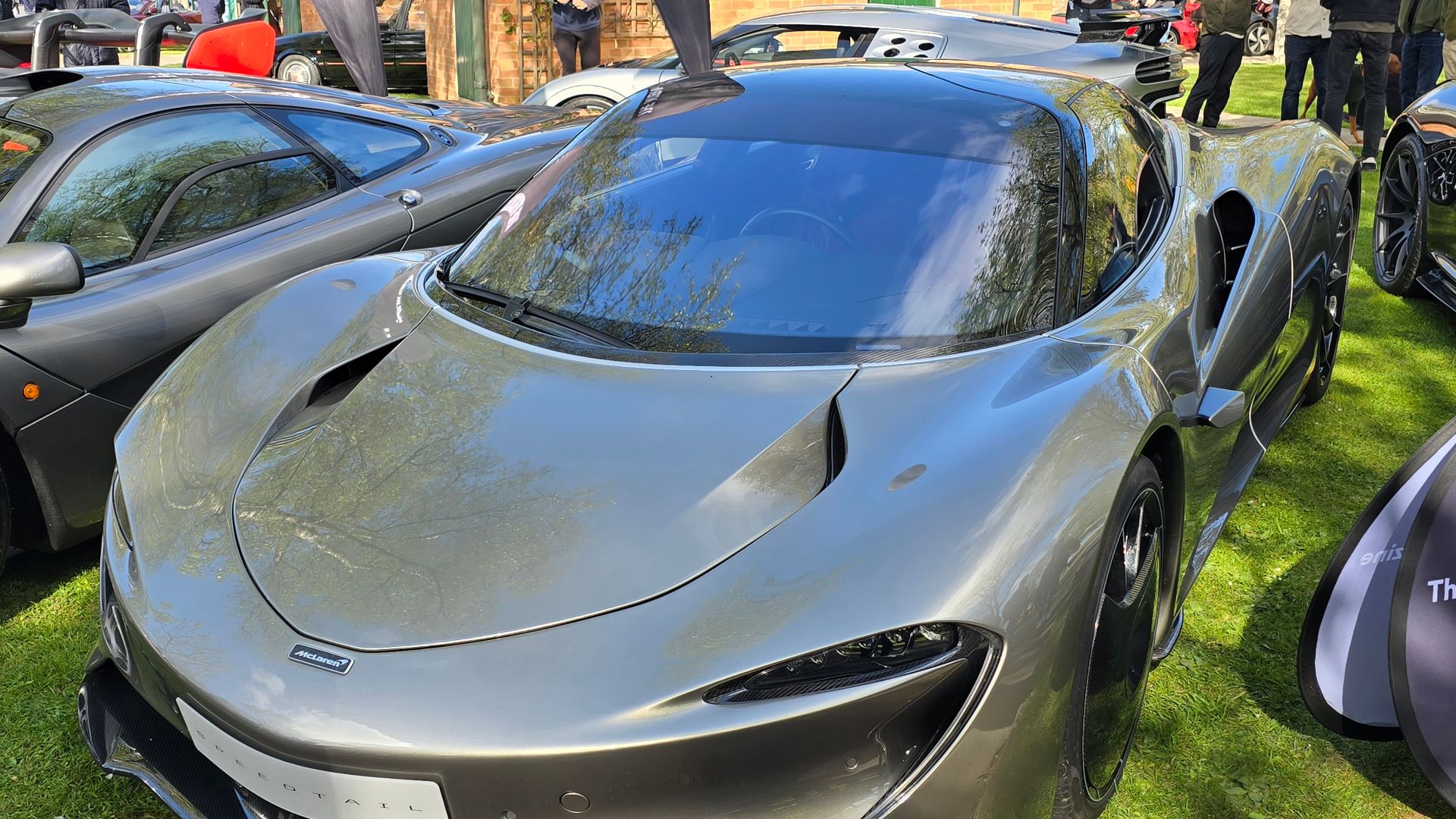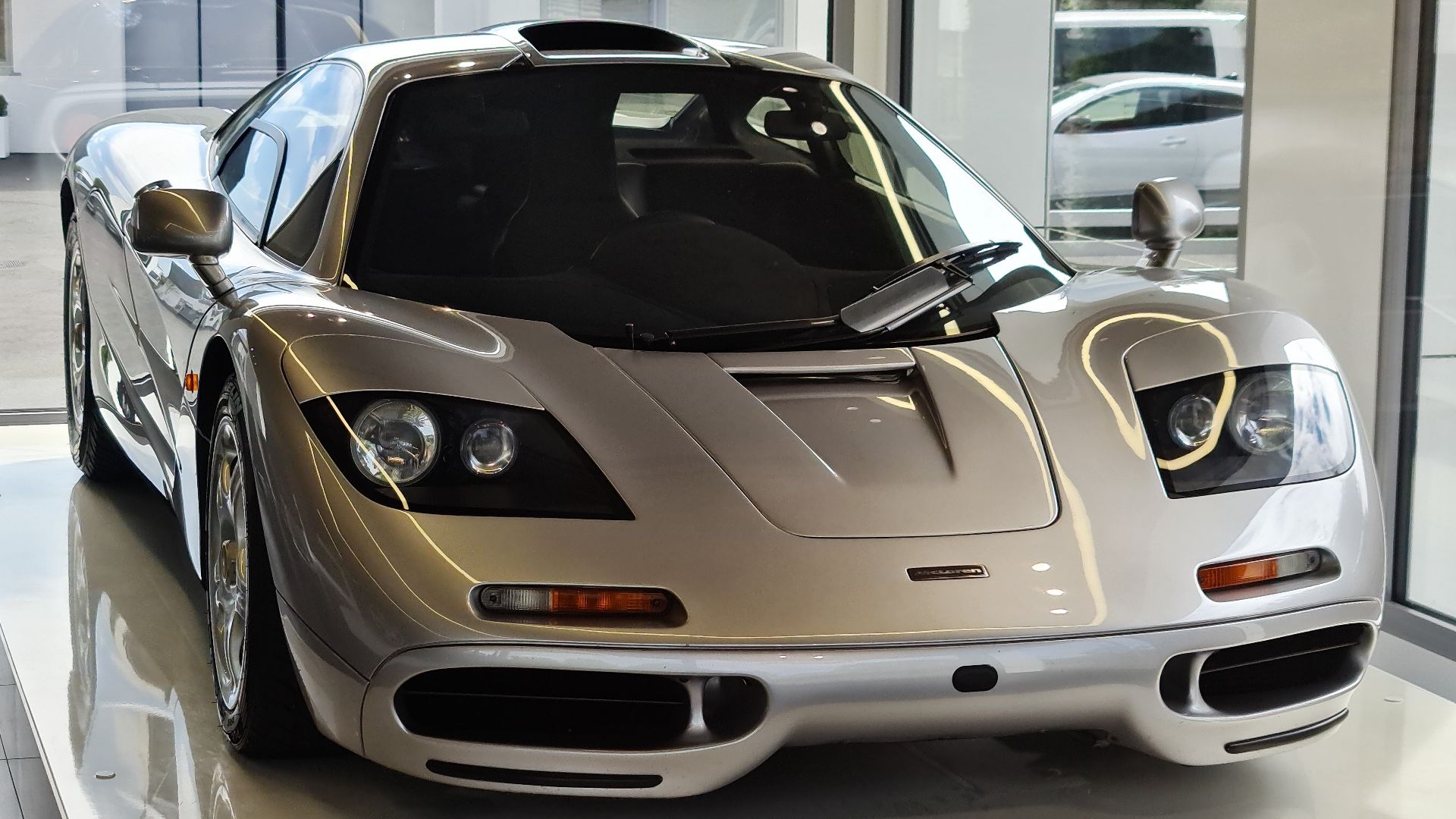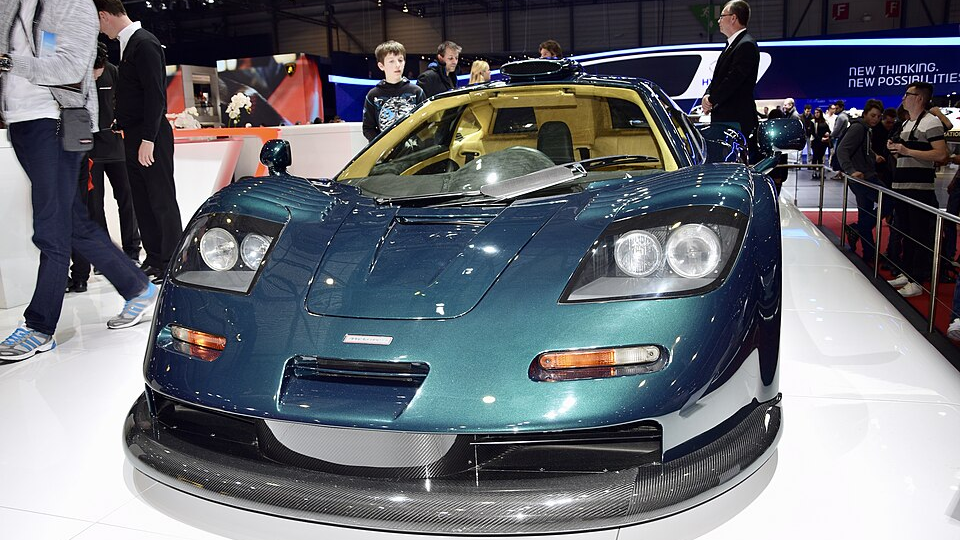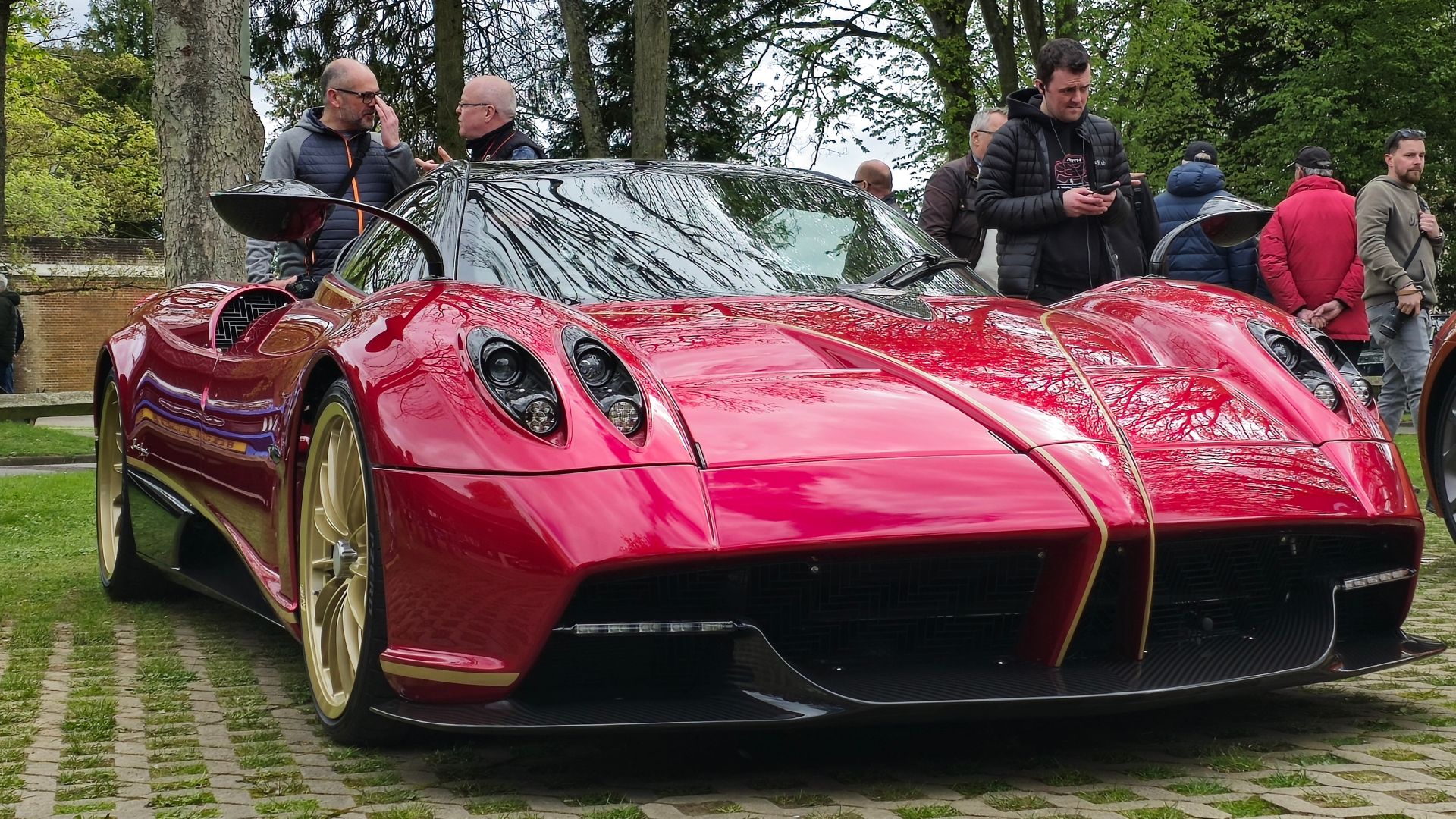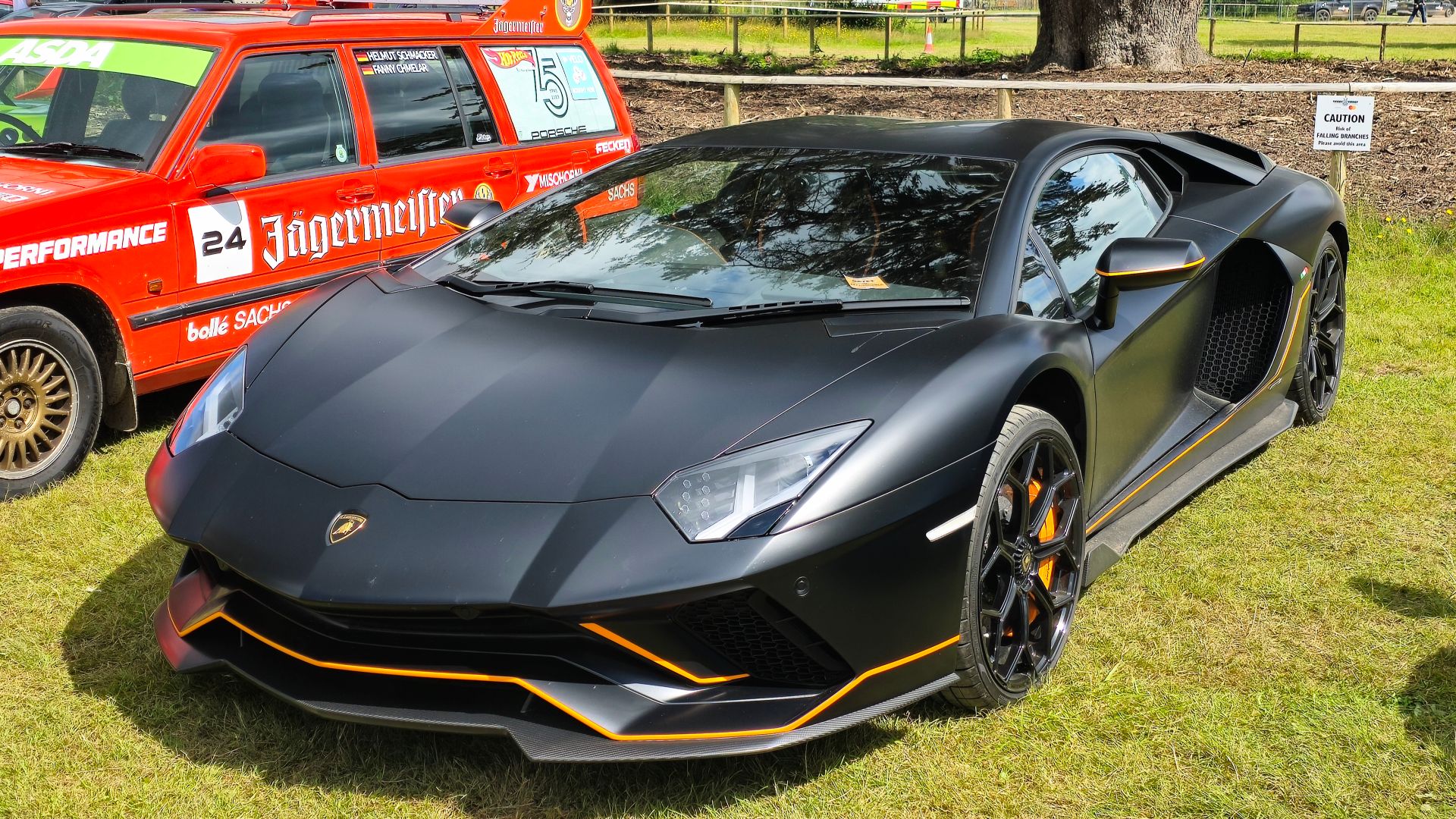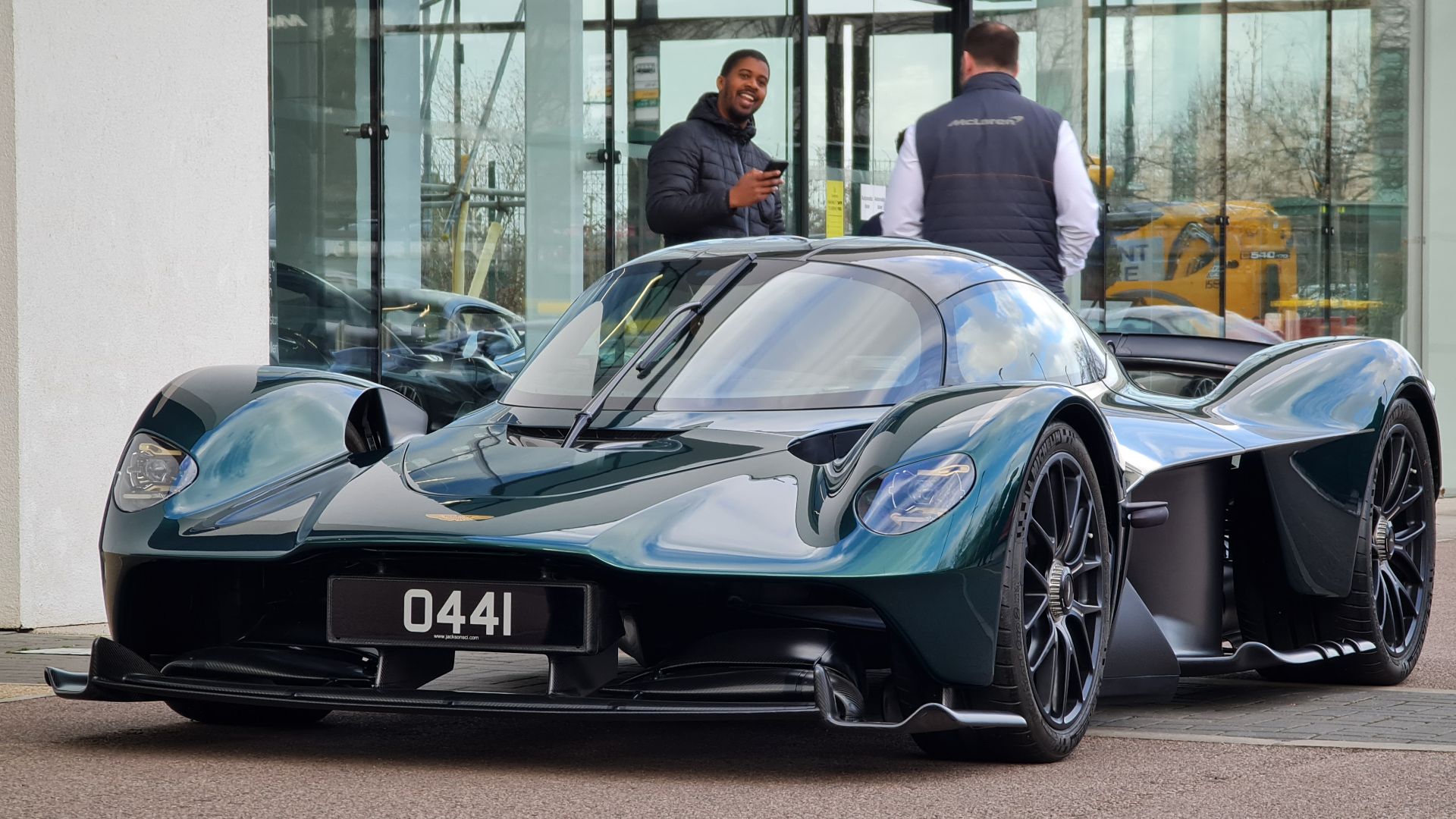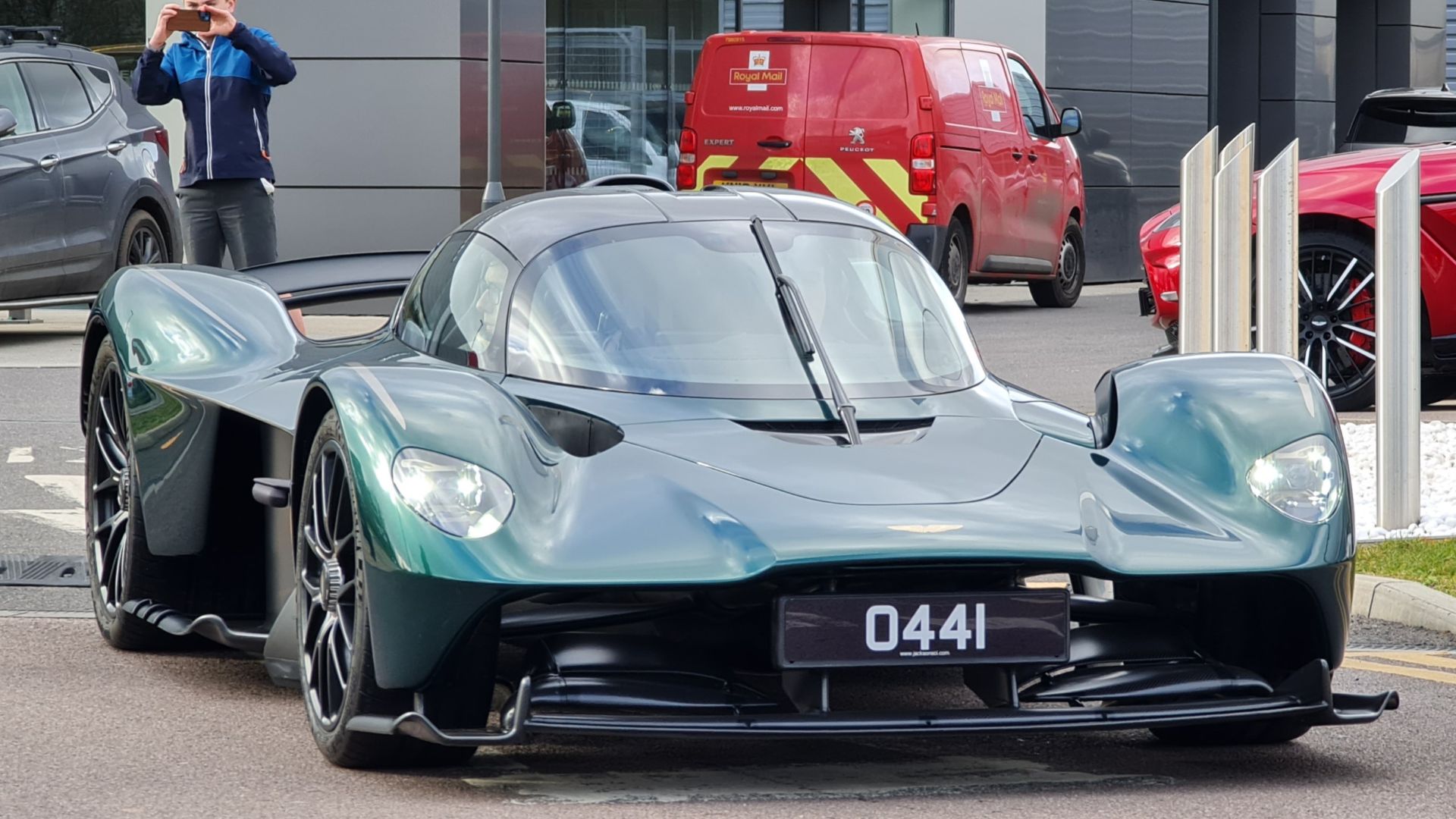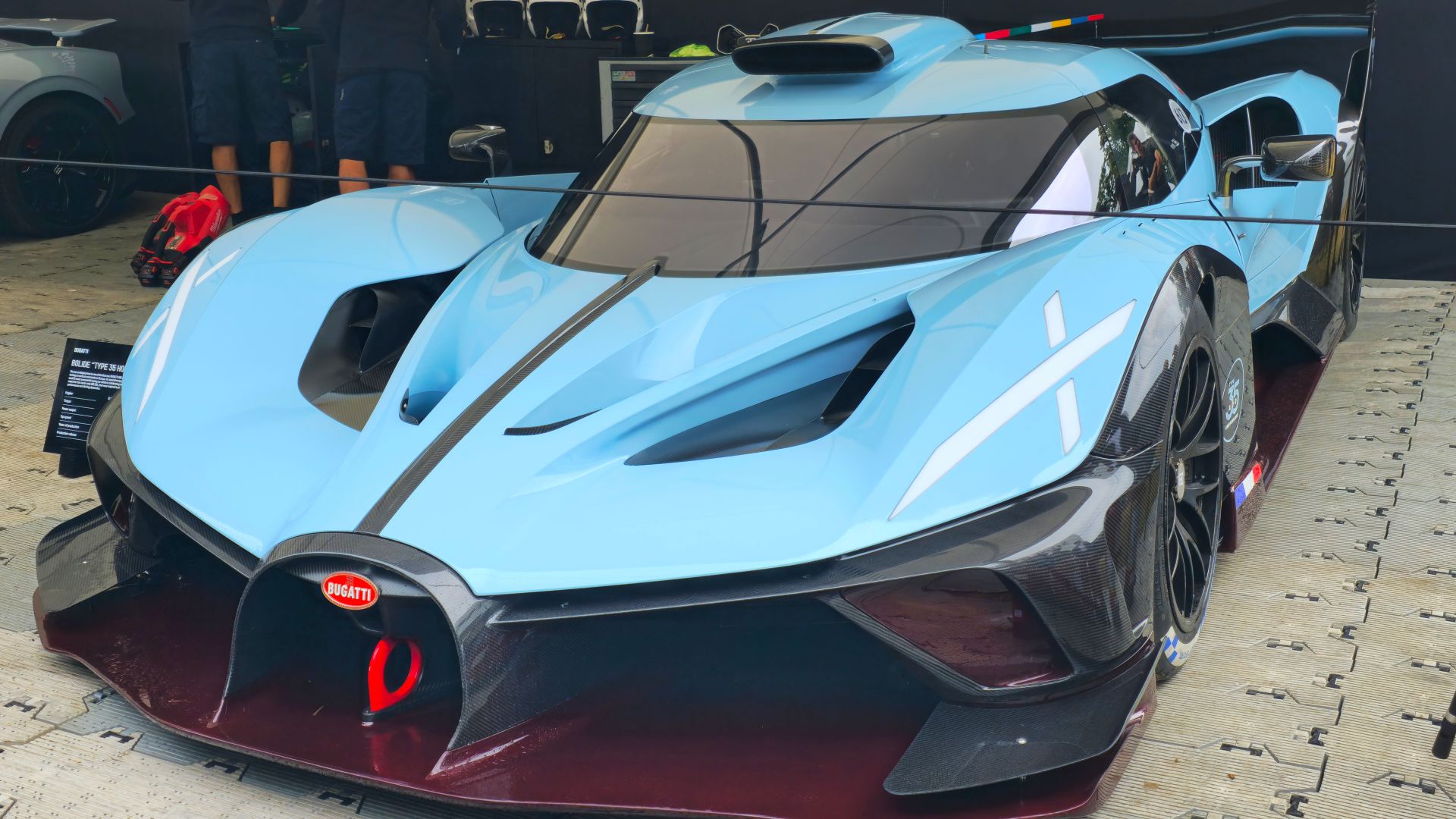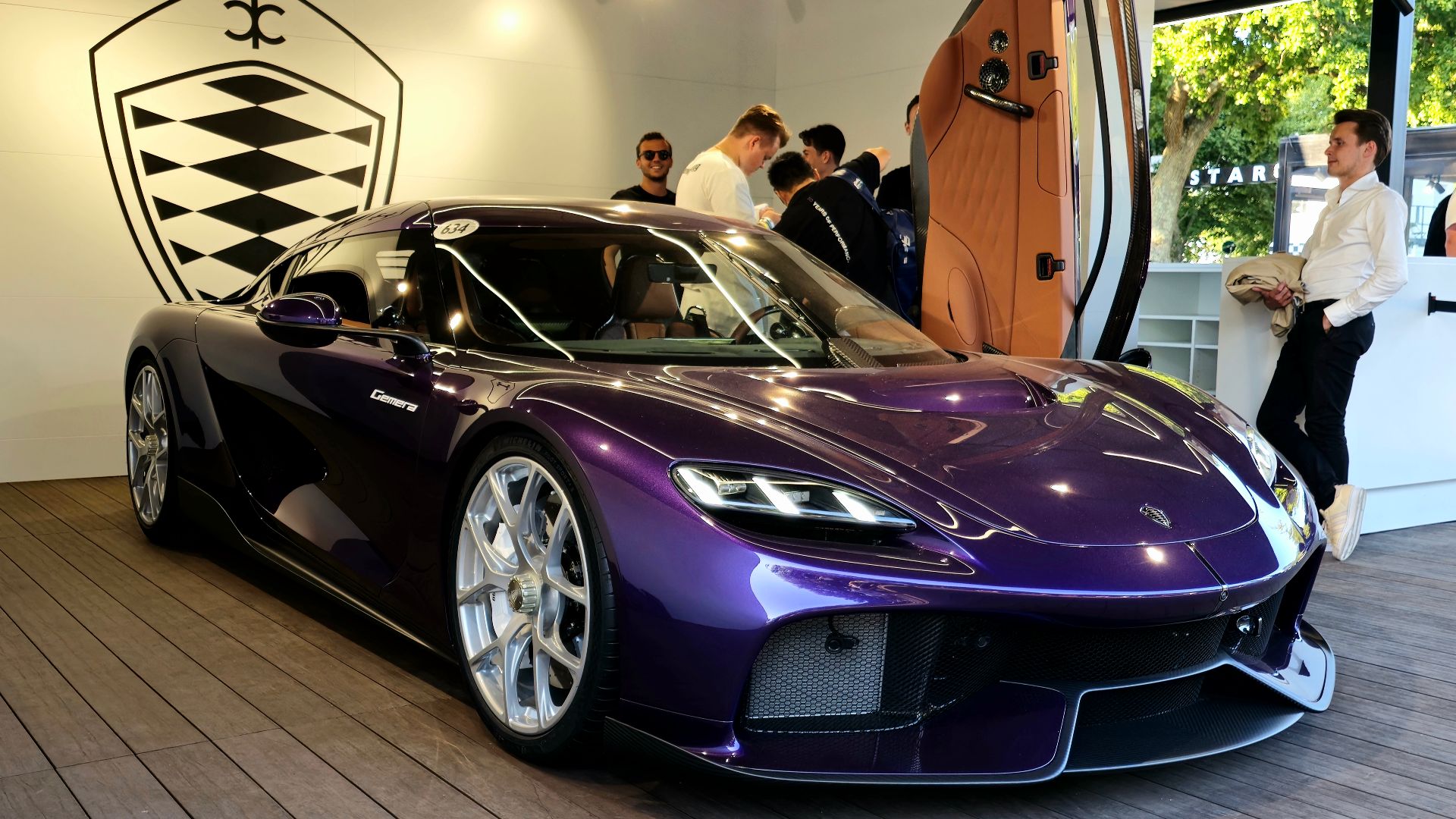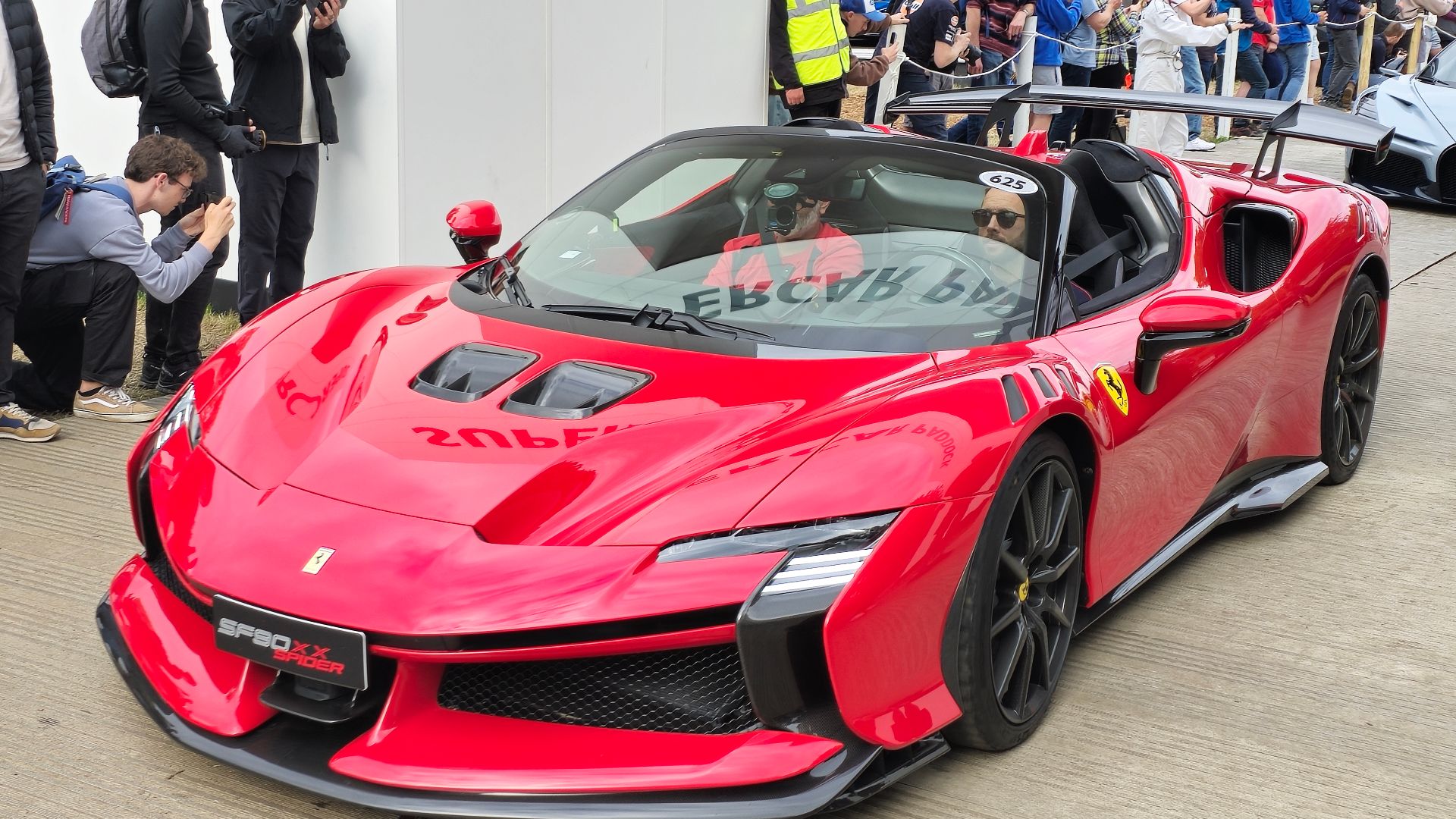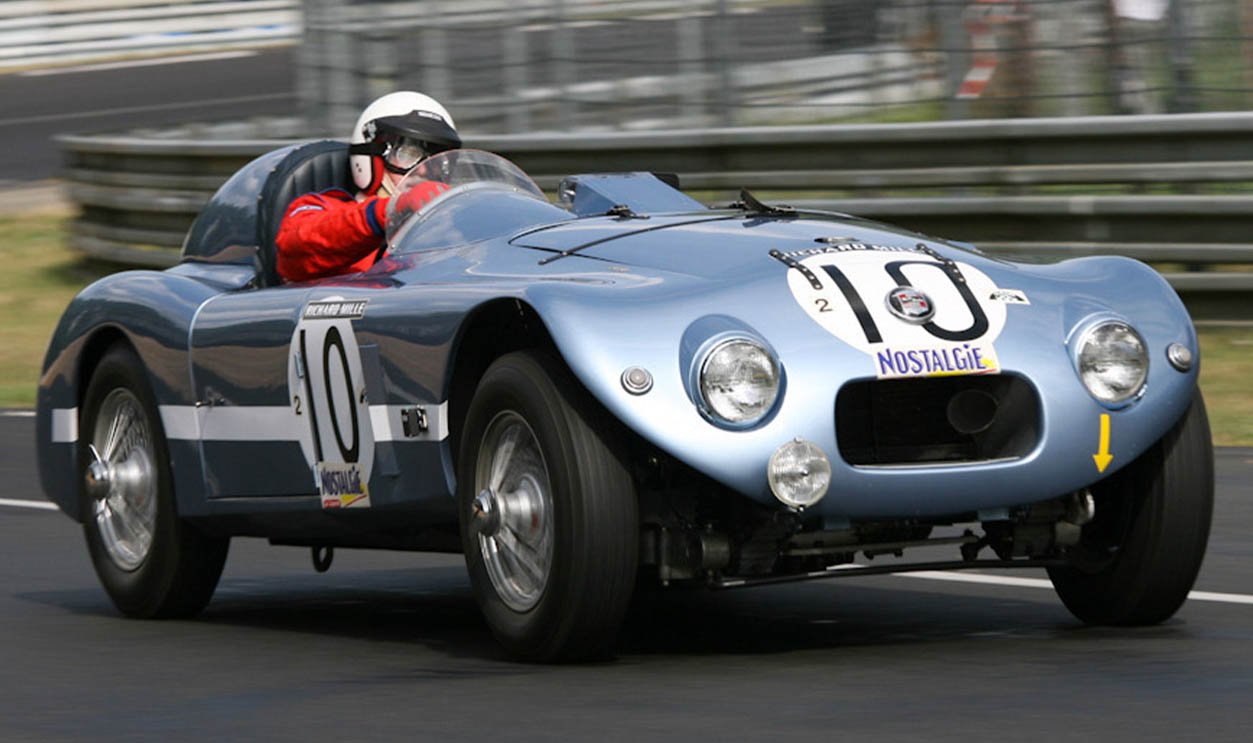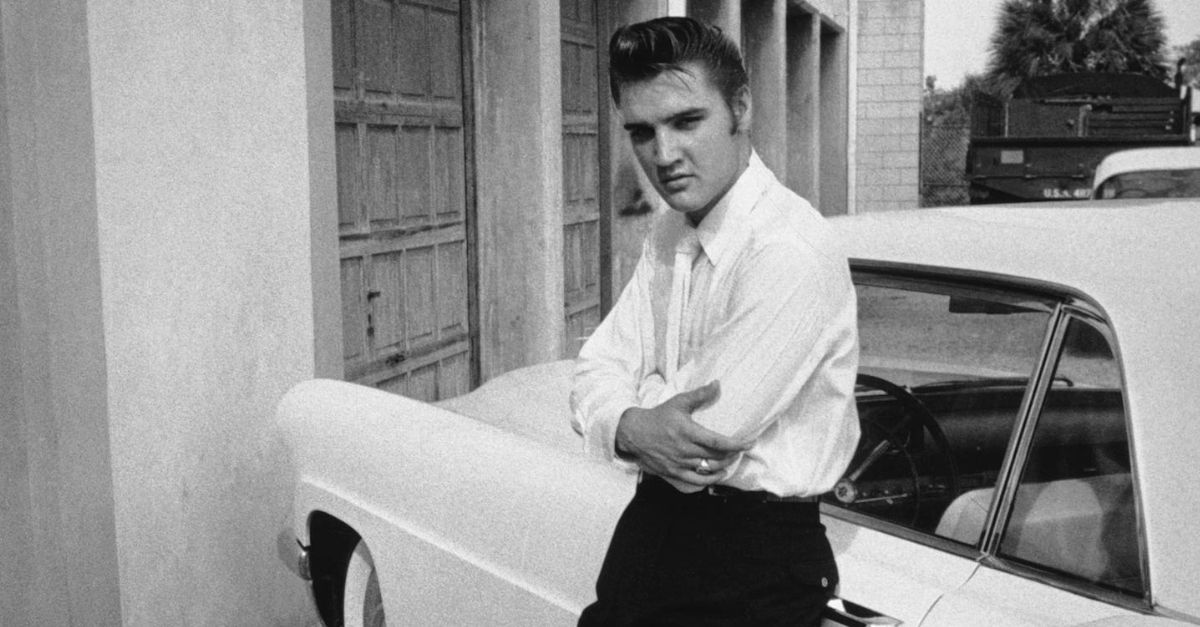Chasing Thunder
Traffic jams must feel insulting when you're driving something capable of outrunning helicopters. Even test drives for these supercars require special insurance. When they move, it’s less about travel and more about controlled detonation.

Koenigsegg Jesko Absolut
Imagine you're cruising at what feels like warp speed, and suddenly you realize you're theoretically approaching 330+ mph. Well, that’s faster than most commercial jets take off. The Koenigsegg Jesko Absolut is a Swedish engineering marvel, whose engine revs up to 8,500 rpm.
Koenigsegg Jesko Absolut (Cont.)
What makes this beast so special is that it produces 1,600 horsepower on E85 fuel from its twin-turbocharged 5.0-liter V8 engine, featuring the world's lightest V8 crankshaft. With a drag coefficient of merely 0.278 Cd, this hypercar was born in the wind tunnel.
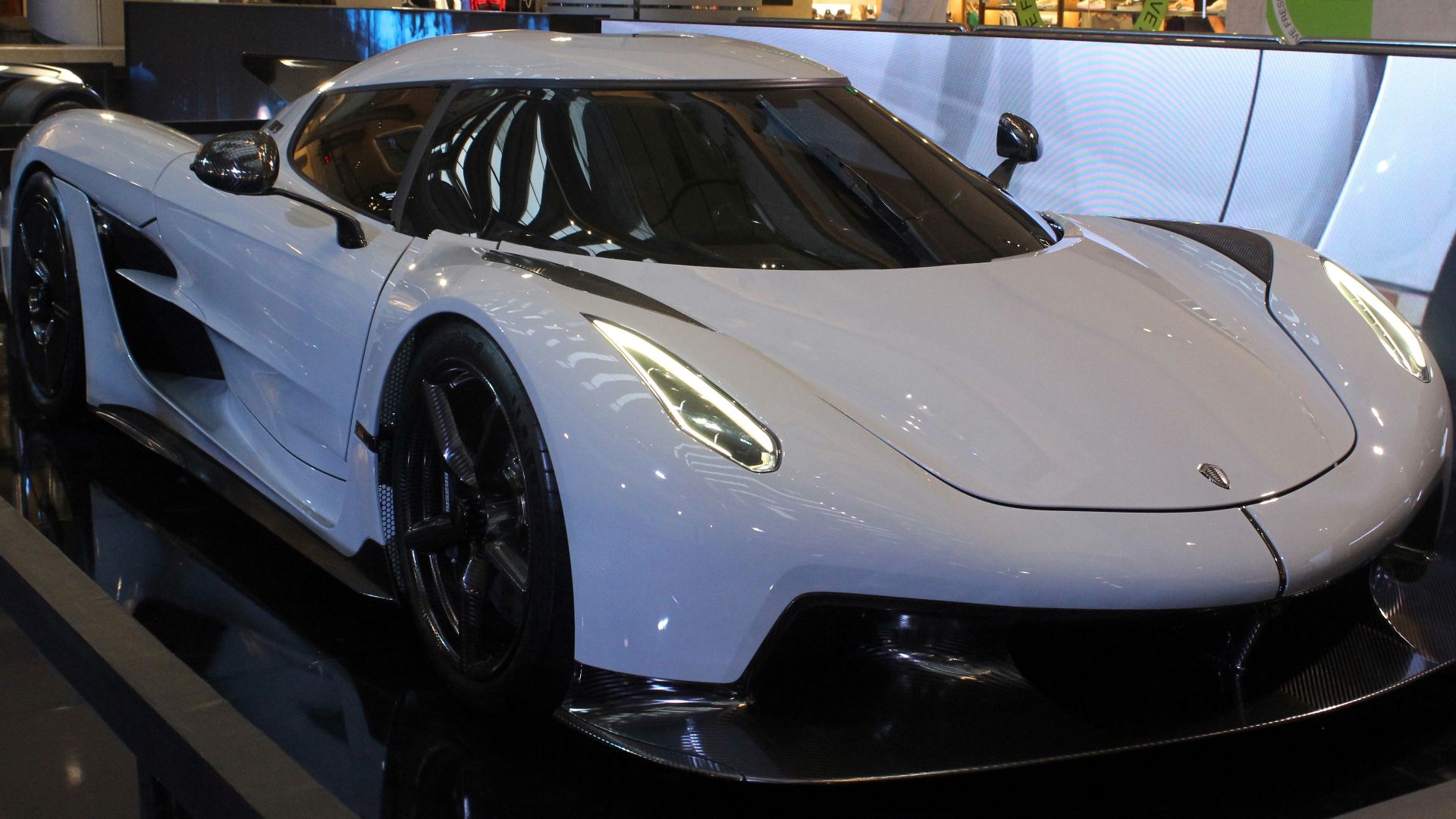 Overdrive 83, Wikimedia Commons
Overdrive 83, Wikimedia Commons
SSC Tuatara
Named after a New Zealand lizard with the fastest-evolving DNA on Earth, the SSC Tuatara lives up to its biological namesake with claims of exceptional speed that have sparked heated debates. The Tuatara hit a documented top speed of 295 mph in 2022.
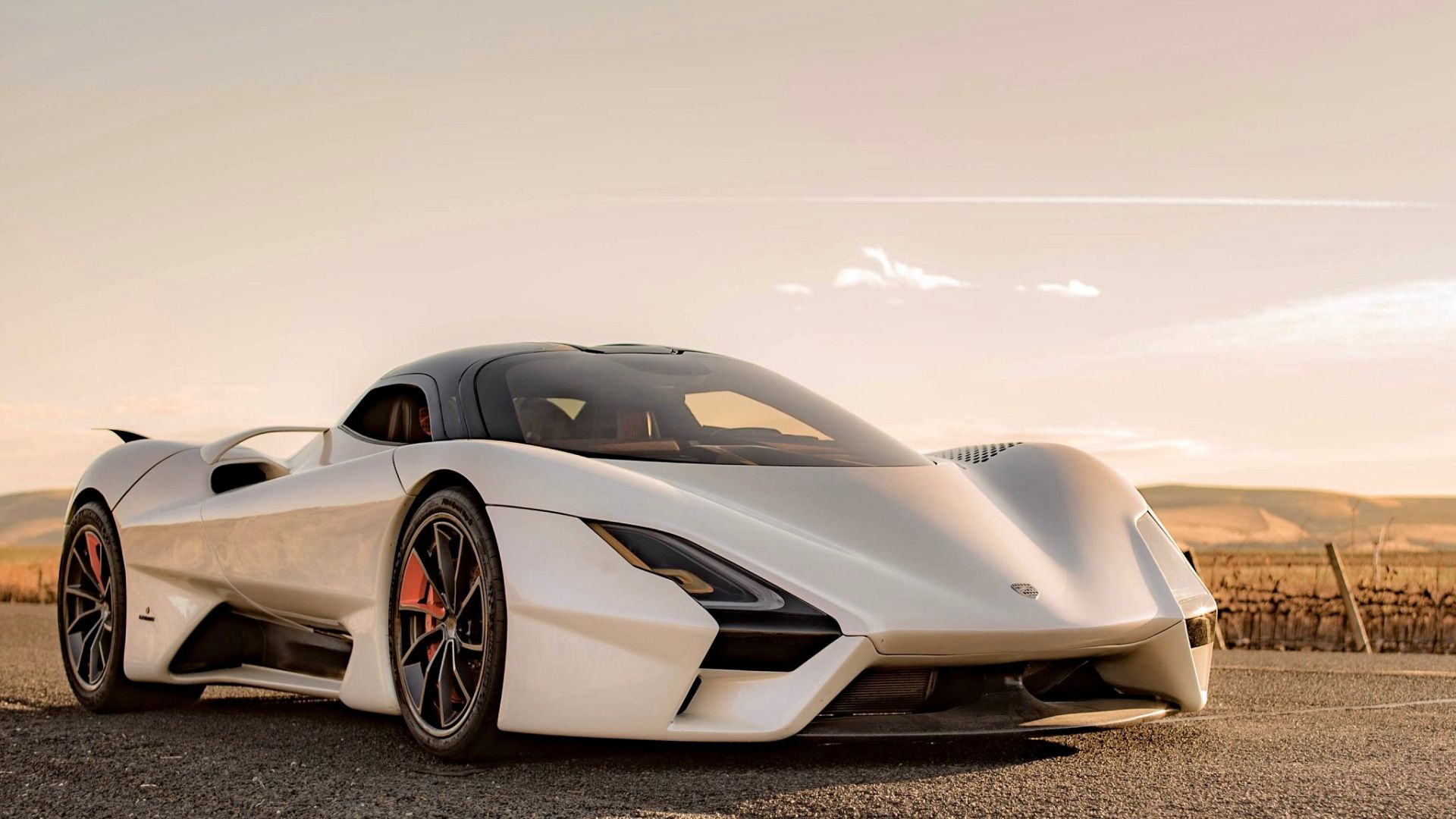 Gontzal Cepeda, Wikimedia Commons
Gontzal Cepeda, Wikimedia Commons
SSC Tuatara (Cont.)
Apparently, the earlier claims of 331 mph were disputed due to GPS errors. Serious American engineering gave us a twin-turbocharged 5.9-liter V8 generating over 1,750 horsepower on ethanol, wrapped in a carbon fiber body. Plus, its interior is both luxurious and functional.
Bugatti Chiron Super Sport 300+
In August 2019, test driver Andy Wallace pushed the Chiron Super Sport 300+ to an astounding 304.7 mph, officially making it the first production automobile to break the 300 mph barrier. This wasn't just some publicity stunt—it was automotive history in the making.
Bugatti Chiron Super Sport 300+ (Cont.)
The heart of this French creation lies in its monstrous 8.0-liter quad-turbocharged W16 engine. It cranks out around 1,578 horsepower. However, here's the kicker: only 30 units were ever produced, each costing approximately $3.9 million.
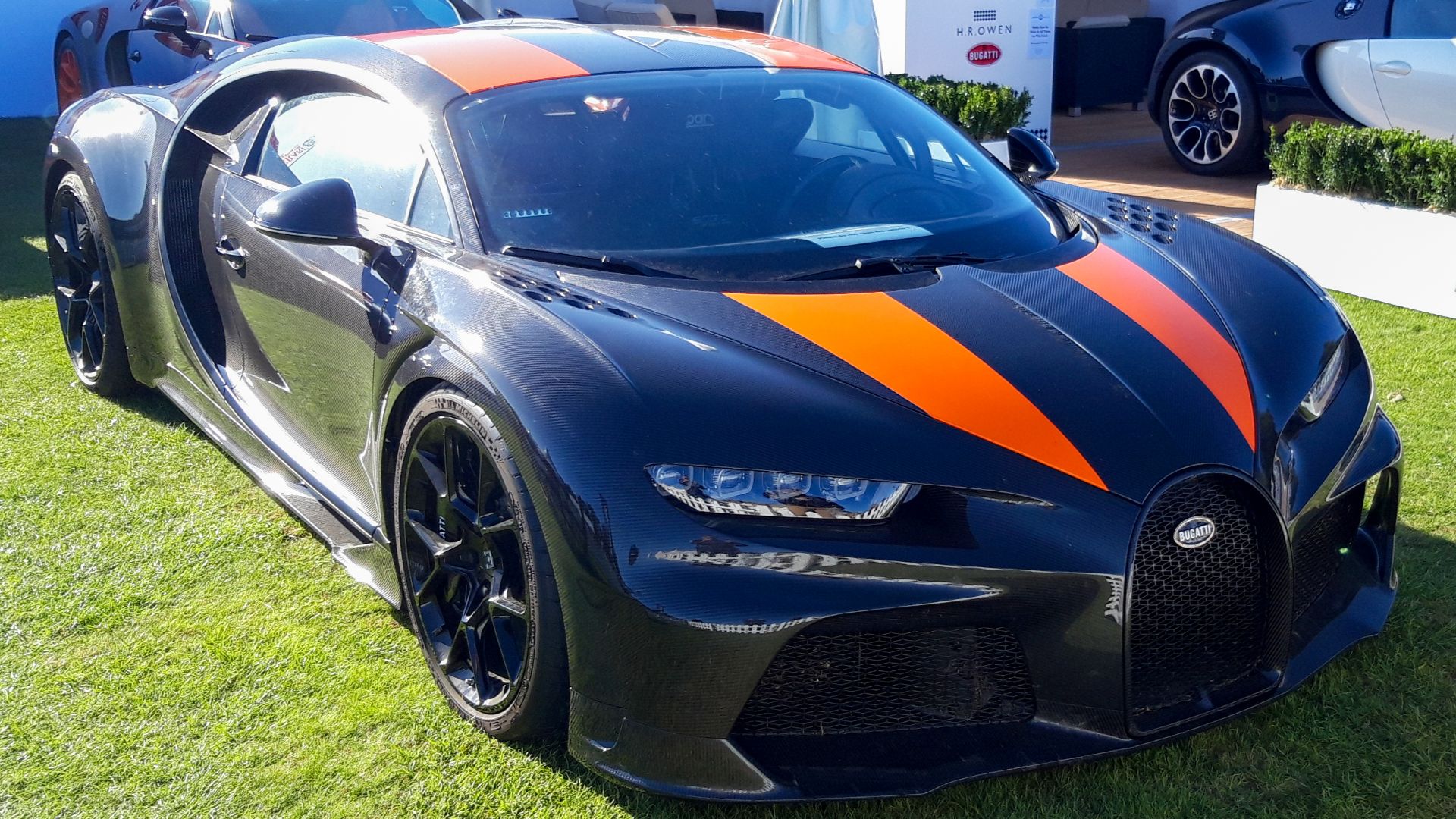 Liam Walker, Wikimedia Commons
Liam Walker, Wikimedia Commons
Koenigsegg One:1
Meet the masterpiece that broke mathematics, literally. The Koenigsegg One:1 earned its name by achieving the holy grail of automotive engineering: an exact 1:1 power-to-weight ratio, with 1,360 horsepower and a weight of around 1,360 kilograms.
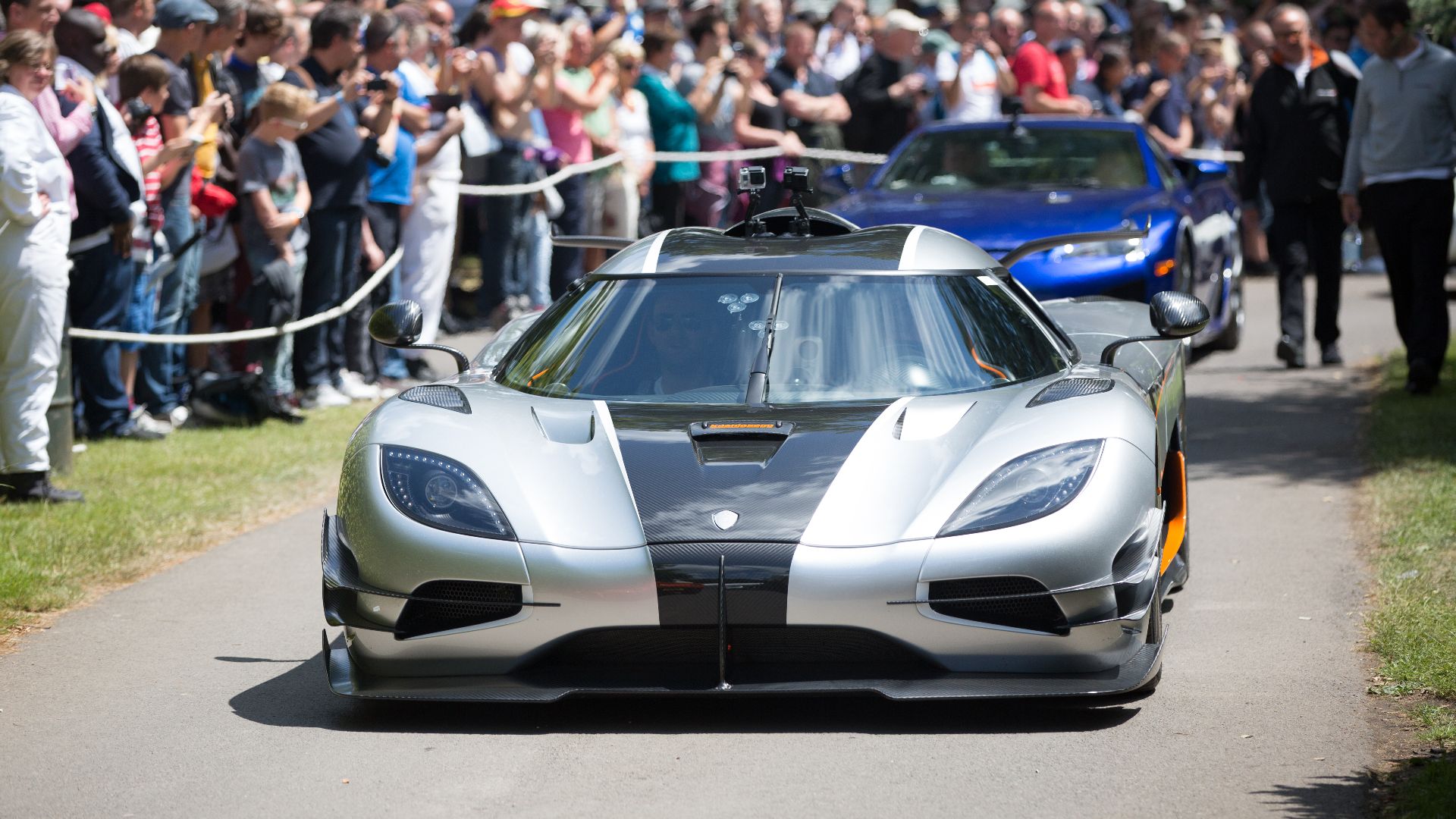 Michelin LIVE UK, Wikimedia Commons
Michelin LIVE UK, Wikimedia Commons
Koenigsegg One:1 (Cont.)
This Swedish megacar can generate downforce at massive speeds. Only seven examples were ever built, making it rarer than most exotic gems. The One:1's 273 mph top speed comes courtesy of a twin-turbocharged 5.0-liter V8 that revs to 8,250 rpm.
Hennessey Venom F5
Texas-based Hennessey Performance didn't just build a fast car; they engineered a 1,817-horsepower tornado named after the most powerful category on the Fujita tornado scale. The Venom F5 set a world record for the fastest standing half-mile at 14.44 seconds in July 2024.
Hennessey Venom F5 (Cont.)
Unlike typical hypercars, the Venom F5's entire philosophy revolves around one obsession: achieving speeds of 300 mph or more. Every carbon fiber panel, every aerodynamic element, and every component of its twin-turbo 6.6-liter V8 was designed with that singular goal.
Koenigsegg Agera RS
Before other manufacturers started chasing 300 mph dreams, one Swedish king had already held the crown. The Koenigsegg Agera RS set the production car world speed record at 277.9 mph on a closed highway in Nevada in 2017, a record that technically still stands today.
Koenigsegg Agera RS (Cont.)
The Agera RS mirrors the perfect storm of Koenigsegg's engineering philosophy. After all, it features a 1,341-horsepower twin-turbocharged V8, weighing around 1,395 kg, with active aerodynamics that go from low-drag missile to high-downforce track weapon.
Hennessey Venom GT
Sometimes the craziest ideas work best. Texas tuner John Hennessey took a lightweight Lotus Exige chassis and shoehorned in a 7.0-liter twin-turbo GM V8, generating 1,244 horsepower. The result? A 270.4 mph top speed at NASA's Kennedy Space Center on a 3.2-mile runway.
Hennessey Venom GT (Cont.)
It is around 2,743 pounds, making it lighter than most sports cars while packing more power than a small aircraft engine. 13 pieces were ever sold, and technically, it doesn't hold any official records because it never completed the required two-way speed runs.
Bugatti Mistral
The swan song of Bugatti's iconic W16 engine deserved a proper farewell, and the Mistral delivered spectacularly. This open-top beast recently shattered the world record for fastest convertible production car, hitting 282 mph with the wind literally in the driver's hair.
Bugatti Mistral (Cont.)
Removing a roof generally compromises an automobile's structural integrity, yet Bugatti managed to build a roadster that's faster than many hardtop supercars. Limited to just 99 units at €5 million each, the Mistral was the final chapter of the most powerful production engine ever manufactured.
Rimac Nevera
Forget everything you think you know about electric cars being boring. The Croatian Rimac Nevera rewrites the entire playbook with 1,914 horsepower from four electric motors. This all-electric hypercar reaches a top speed of 256 mph while producing zero emissions, a win-win situation.
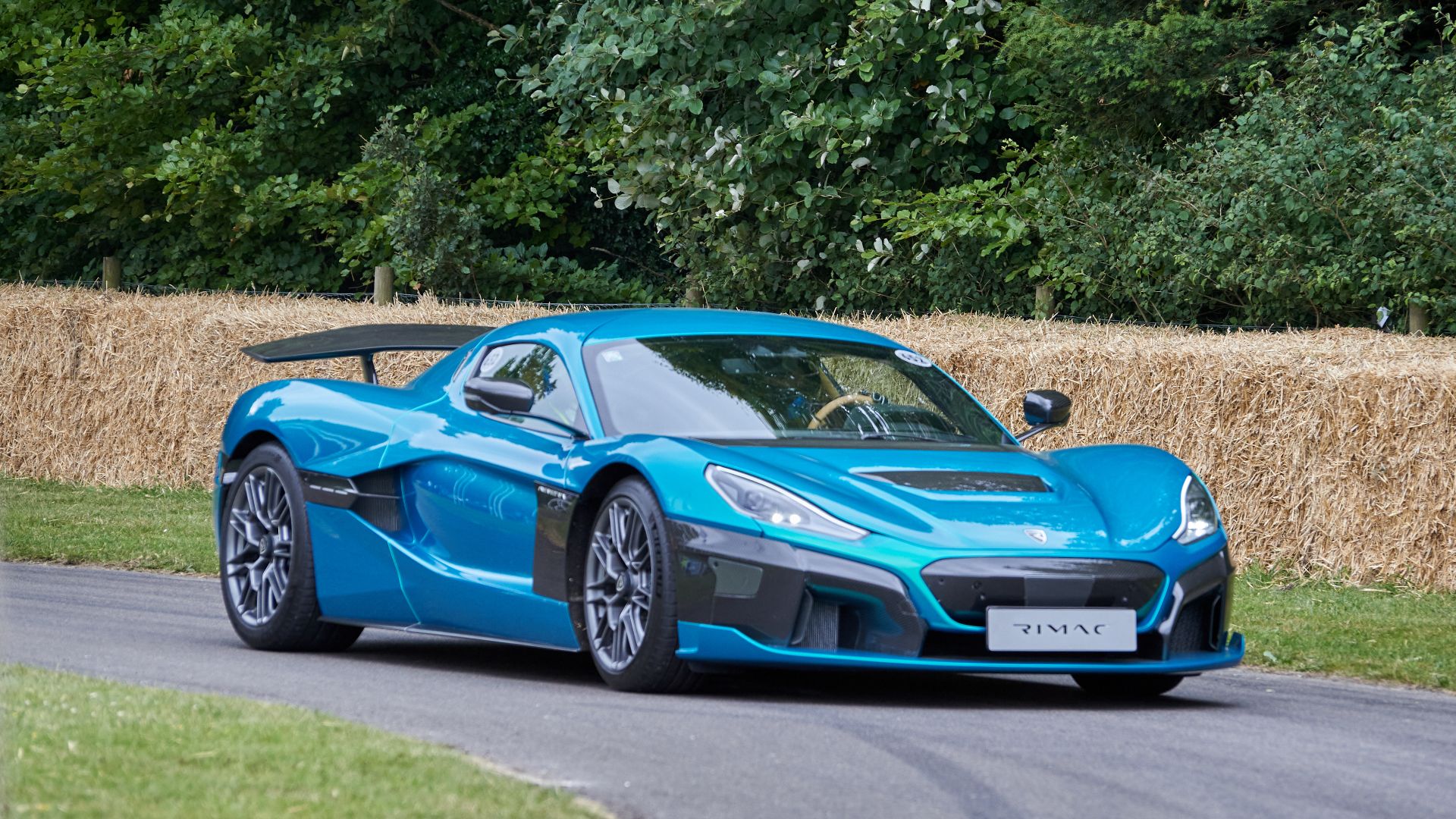 Andrew Basterfield, Wikimedia Commons
Andrew Basterfield, Wikimedia Commons
Rimac Nevera (Cont.)
The Nevera's party trick isn't just its top speed, though; it's how it gets there. Zero to 60 mph happens in 1.85 seconds. It's named after a sudden Mediterranean storm, which describes what happens when 1,740 lb-ft of instant electric torque meets unsuspecting pavement.
Koenigsegg Regera
Regera threw the rulebook out the window by ditching the traditional gearbox entirely. Instead, this Swedish hybrid utilizes Koenigsegg's Direct Drive system, which blends three electric motors and a twin-turbo V8 to crank out 1,500 horsepower without requiring a single gear change.
Koenigsegg Regera (Cont.)
The result was a seamless surge to 255 miles per hour. The Regera can accelerate purely on electric power up to 30 mph, then the combustion engine kicks in for a progressive, uninterrupted climb to its top speed. It even held the 0–400–0 km/h record.
McLaren Speedtail
This beast features a central driving position flanked by two passenger seats, reminiscent of the iconic McLaren F1. According to sources, the car is not fully street-legal in the US due to regulatory constraints, and its starting price is around $2 million.
McLaren Speedtail (Cont.)
The Speedtail's 1,036 horsepower comes from a hybrid powertrain comprising McLaren's twin-turbo V8 with an electric motor. Every surface was sculpted in pursuit of minimal drag, resulting in a teardrop silhouette that stretches 202 inches long, longer than a Porsche Panamera.
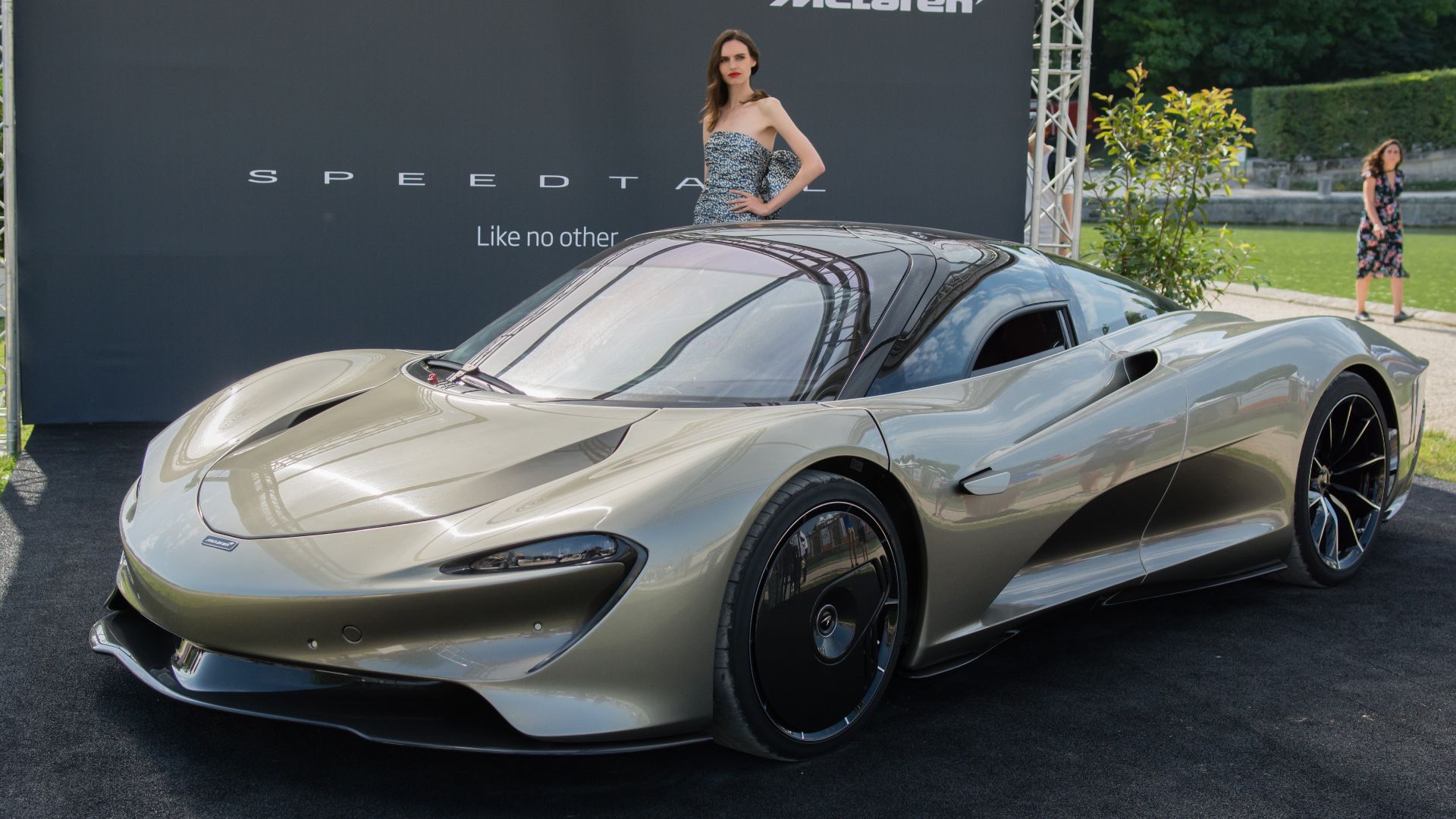 el.guy08_11, Wikimedia Commons
el.guy08_11, Wikimedia Commons
Koenigsegg CCXR
Long before Koenigsegg became synonymous with world records, the CCXR was busy terrorizing racetracks with its twin-supercharged 4.8-liter V8. It generated a then-shocking 1,018 horsepower on ethanol fuel. A small company from Angelholm made something that rivaled the established European giants.
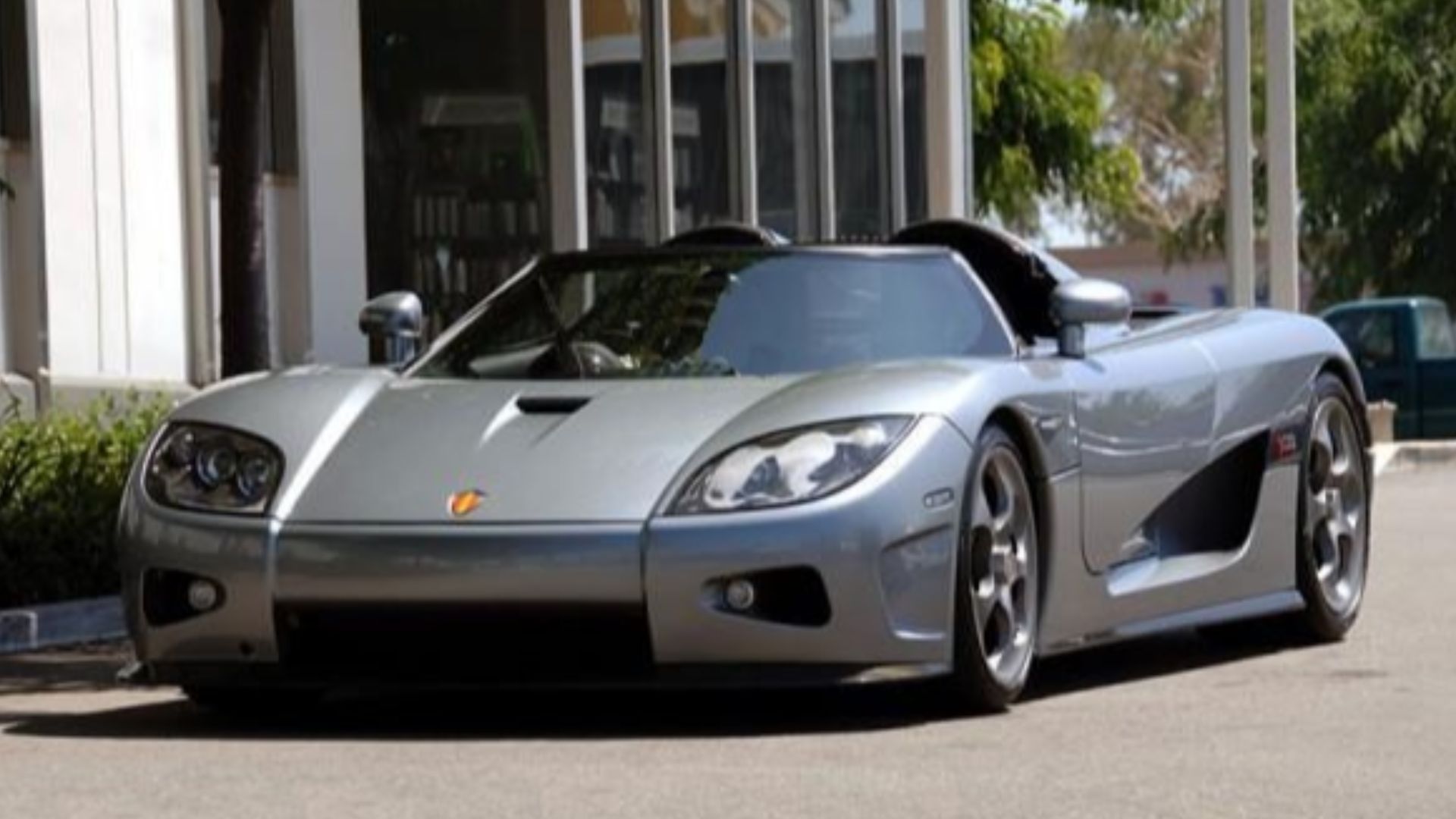 No machine-readable author provided. Alfonso
No machine-readable author provided. Alfonso
Koenigsegg CCXR (Cont.)
The CCXR's 254+ mph capability came from pure, unadulterated mechanical fury. No hybrid systems, no fancy electronics, just raw supercharged power channeled through a lightweight carbon fiber chassis. It could run on regular pump gas (producing 806 hp) or ethanol (1,018 hp).
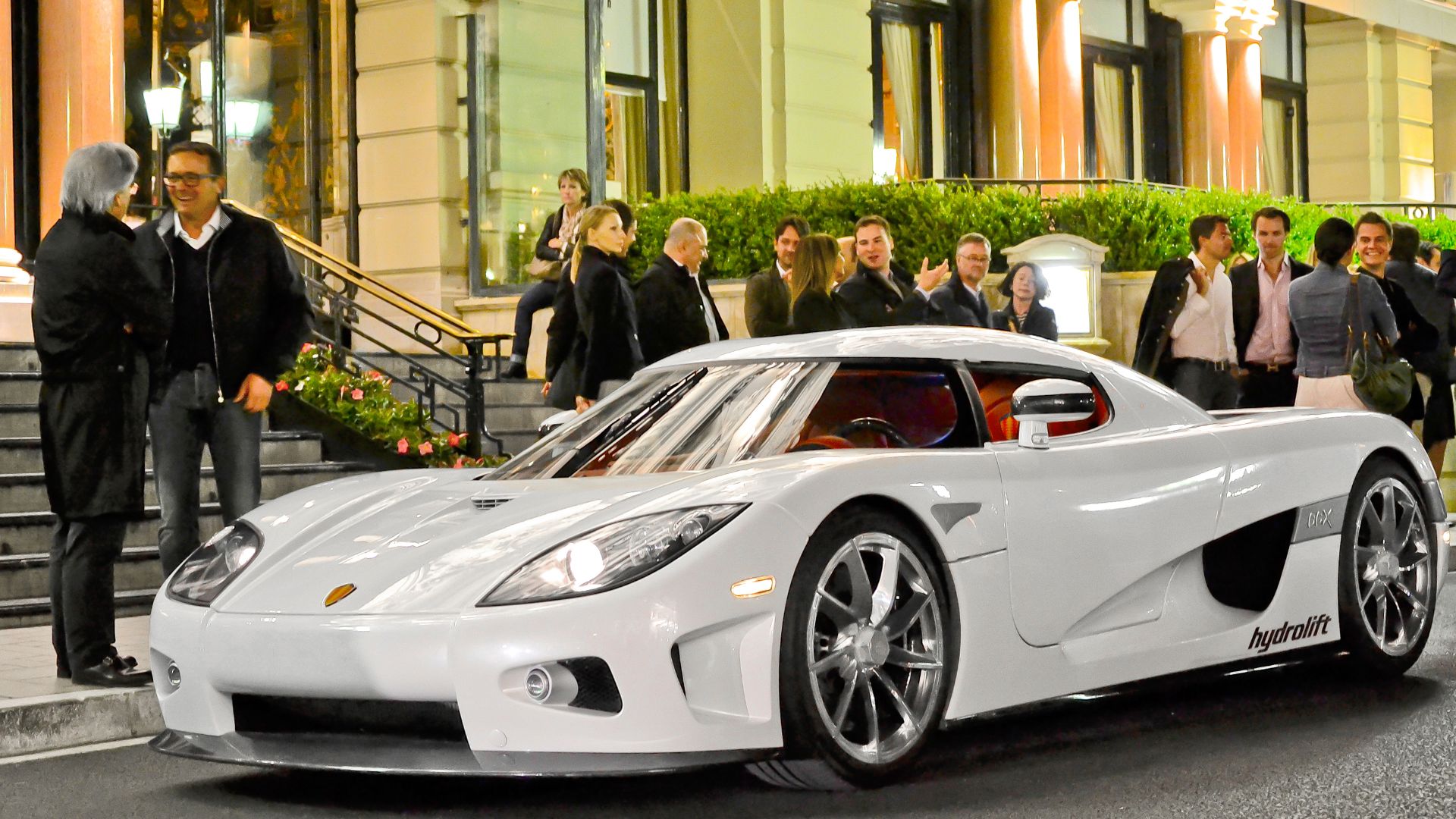 Alexandre Prévot from Nancy, France, Wikimedia Commons
Alexandre Prévot from Nancy, France, Wikimedia Commons
McLaren F1
Some machines transcend mere transportation to become rolling legends, and the McLaren F1 sits atop that exclusive throne. When Gordon Murray set out to create the ultimate driver's car in the early 1990s, he birthed something out of the box.
McLaren F1 (Cont.)
We got a 240.1 mph masterpiece. Its 6.1-liter BMW V12 engine produces 618 horsepower without a single turbocharger, supercharger, or electric motor, just pure mechanical perfection that screams to 7,500 rpm. It has a central driving position and a gold-lined engine bay.
Koenigsegg CCR
Before the world knew Koenigsegg as record-breakers, the CCR was busy making history by becoming the first production ride to dethrone the mighty McLaren F1's speed record. In 2005, this Swedish upstart hit 241 mph, officially ending F1's 12-year reign as the world's fastest production ride.
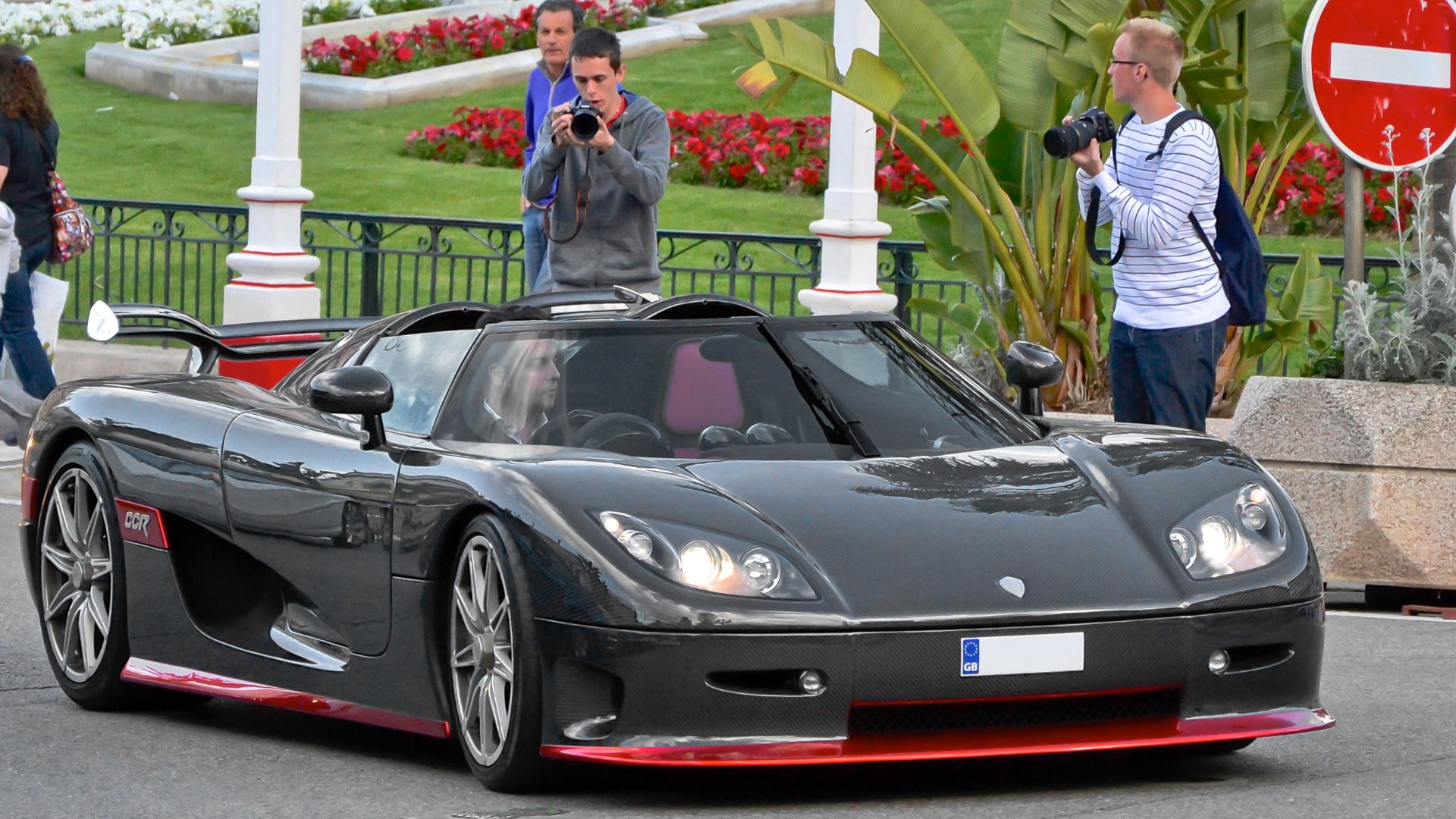 Alexandre Prévot from Nancy, France, Wikimedia Commons
Alexandre Prévot from Nancy, France, Wikimedia Commons
Koenigsegg CCR (Cont.)
It was this moment that announced Koenigsegg's arrival on the global stage. The CCR's twin supercharged 4.7-liter V8 delivered 806 horsepower, which might seem modest by today's standards, but in a car weighing just 1,180 kilograms, it was enough to rewrite the record books.
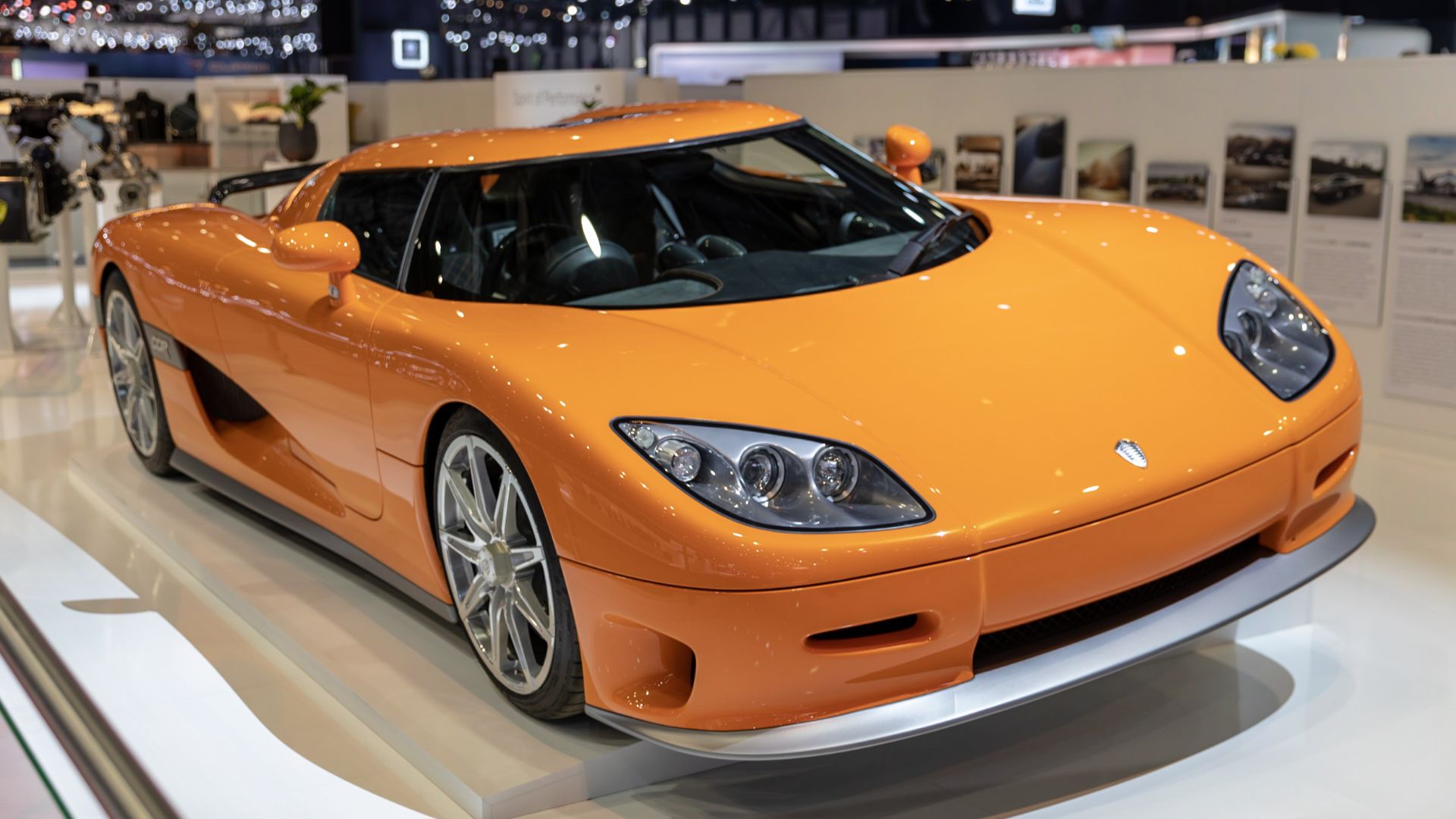 Matti Blume, Wikimedia Commons
Matti Blume, Wikimedia Commons
Pagani Huayra
Talk about an Italian hypercar recognized for its mix of extreme performance, advanced engineering, and bespoke luxury. Introduced in 2011 as the successor to the Zonda, it remains a highly exclusive and technologically advanced supercar. Four independently controlled flaps work in harmony with the wind.
Pagani Huayra (Cont.)
This reduces drag on straights and increases downforce in corners. Named after the Quechua god of wind, the Huayra pumps out 740 horsepower and can generate 1.66 g of lateral acceleration on Pirelli tires. It comes with gullwing doors and a titanium exhaust.
Lamborghini Aventador Ultimae
The Aventador Ultimae is the final roar of the naturally aspirated V12 before the Italian bull reluctantly chooses electrification. At 221 mph, this farewell beauty will be the last time we hear Lamborghini's 6.5-liter V12 screaming to its 8,500 rpm redline without any electric assistance.
Lamborghini Aventador Ultimae (Cont.)
It's an unapologetic commitment to the analog supercar experience. While competitors chase hybrid complexity and electric assistance, this Sant'Agata swan song delivers 769 horsepower. The name "Ultimae" literally means "the last," and Lamborghini made sure it counted by enhancing aerodynamics, weight reduction, and suspension tuning.
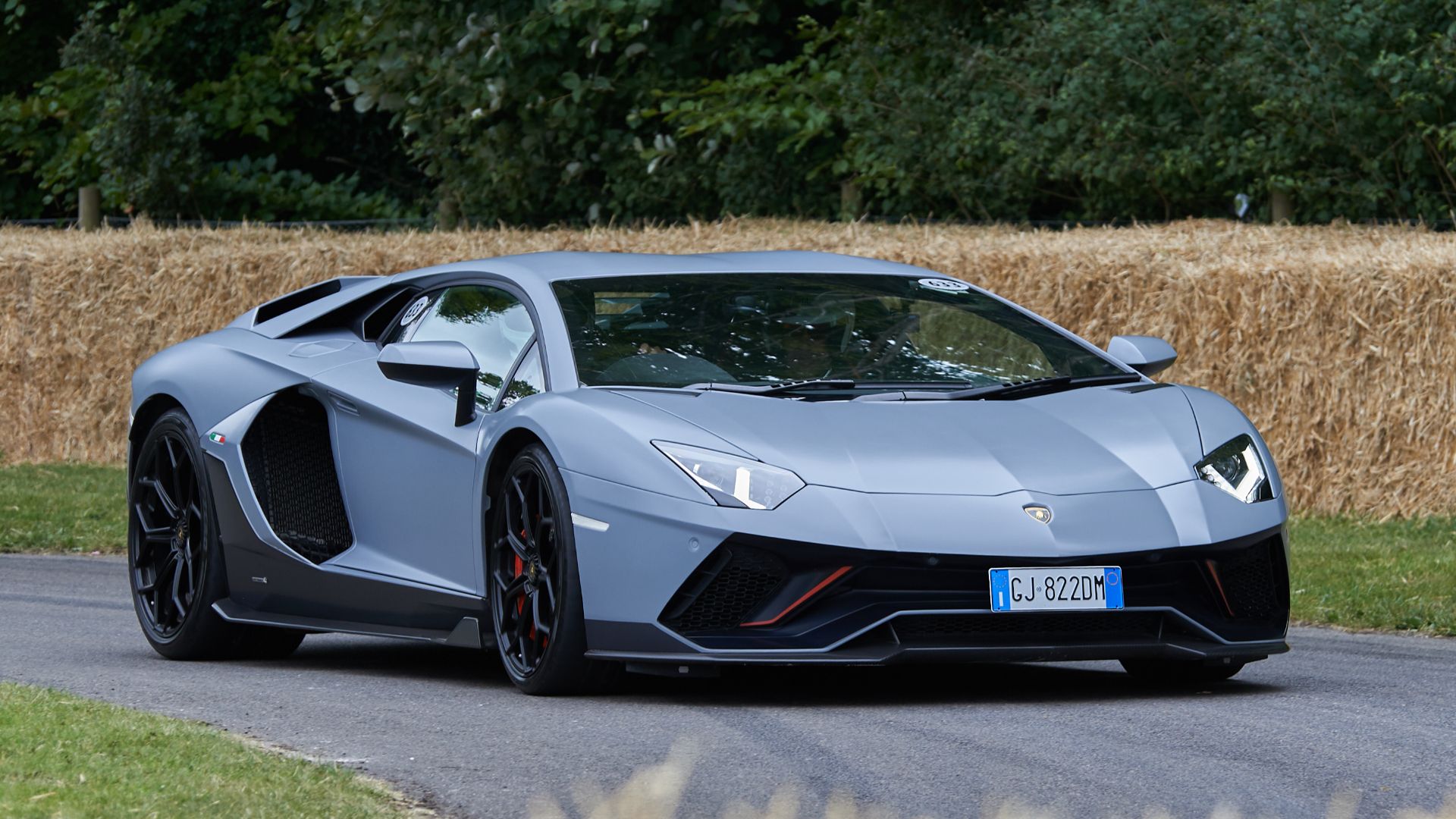 Andrew Basterfield, Wikimedia Commons
Andrew Basterfield, Wikimedia Commons
Aston Martin Valkyrie
So you thought Adrian Newey designed a car? No, he crafted a Formula One machine that somehow passed road legality requirements. The Valkyrie's 220 mph capability comes from Red Bull Racing's aerodynamic genius applied to a road car, resulting in something that generates fantastically high downforce.
Aston Martin Valkyrie (Cont.)
Apparently, this automobile’s 6.5-liter V12 engine, developed by Cosworth, produces 1,000 horsepower and revs to an F1-like 11,100 rpm, supplemented by a hybrid system for a total of 1,160 hp. Only 150 road cars were planned, each costing £2.5 million.
Mercedes-AMG One
One’s chassis is a lightweight carbon-fiber monocoque, contributing to a curb weight of around 1,695 kg. Power is directed to the rear wheels via a seven-speed sequential gearbox with 4-disc clutch, chosen for its significant weight savings over a dual-clutch system.
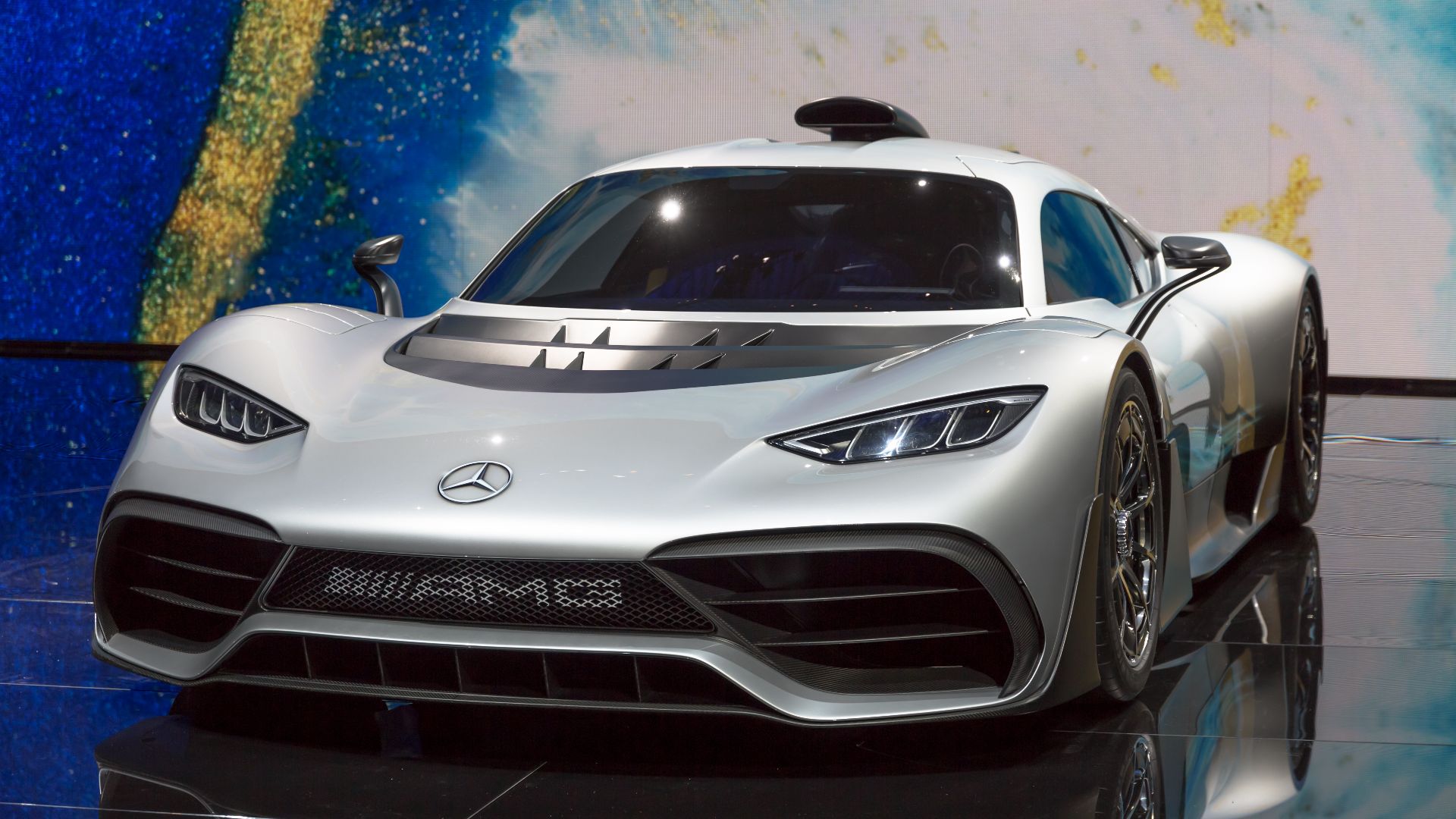 Matti Blume, Wikimedia Commons
Matti Blume, Wikimedia Commons
Mercedes-AMG One (Cont.)
Well, the engineering challenge was monumental: F1 engines are structured to last a few race weekends, not provide years of reliable street driving. Mercedes' solution involved completely reimagining how a race engine could work in the real world, while maintaining the 11,000 rpm redline.
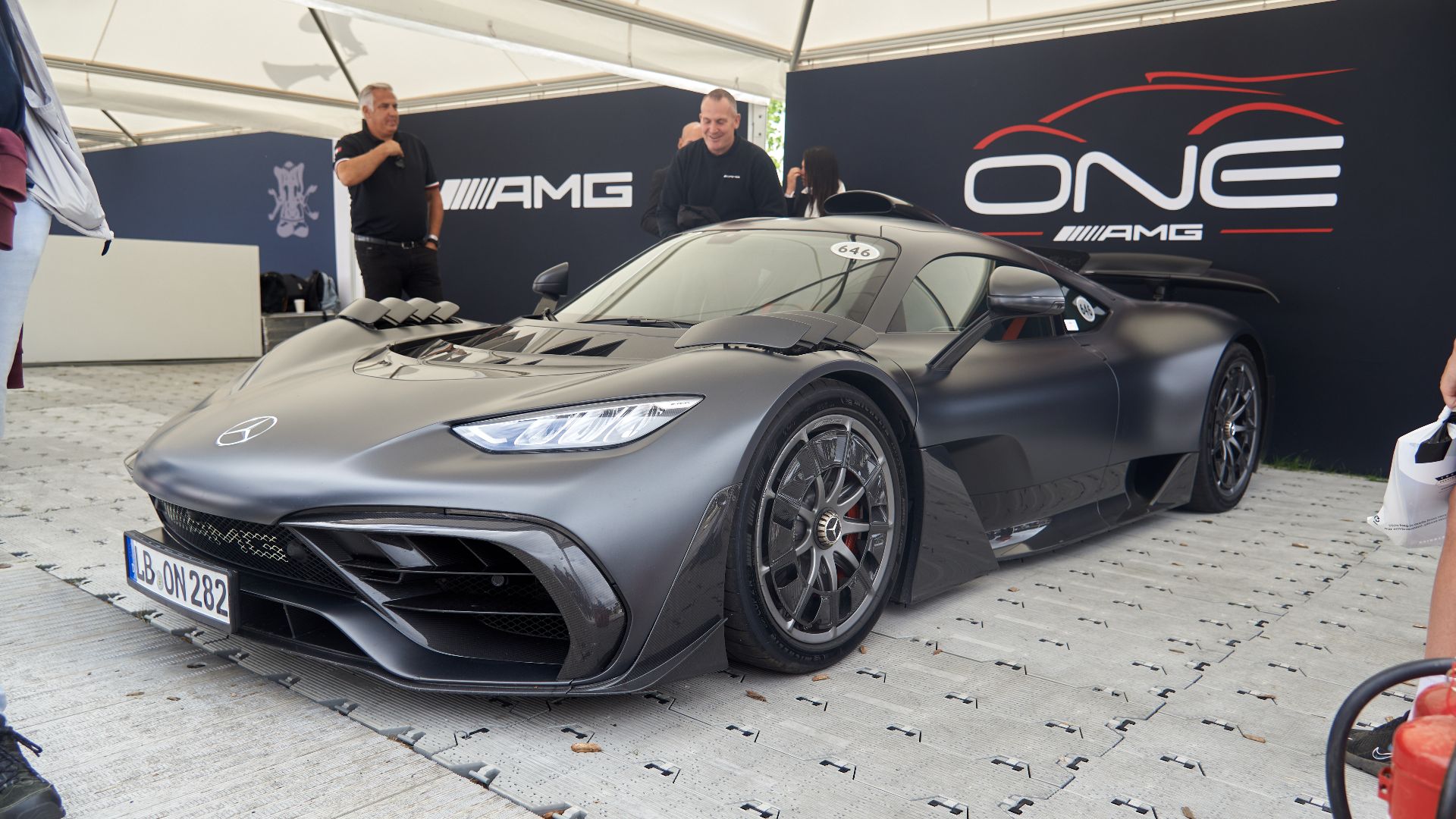 Andrew Basterfield, Wikimedia Commons
Andrew Basterfield, Wikimedia Commons
Bugatti Bolide
Bugatti saved the best for last—literally. The Bolide is seen as the final evolution of the legendary W16 engine, freed from road car constraints and optimized purely for track domination. It possesses a theoretical top speed exceeding 311 mph and 1,824 horsepower on tap.
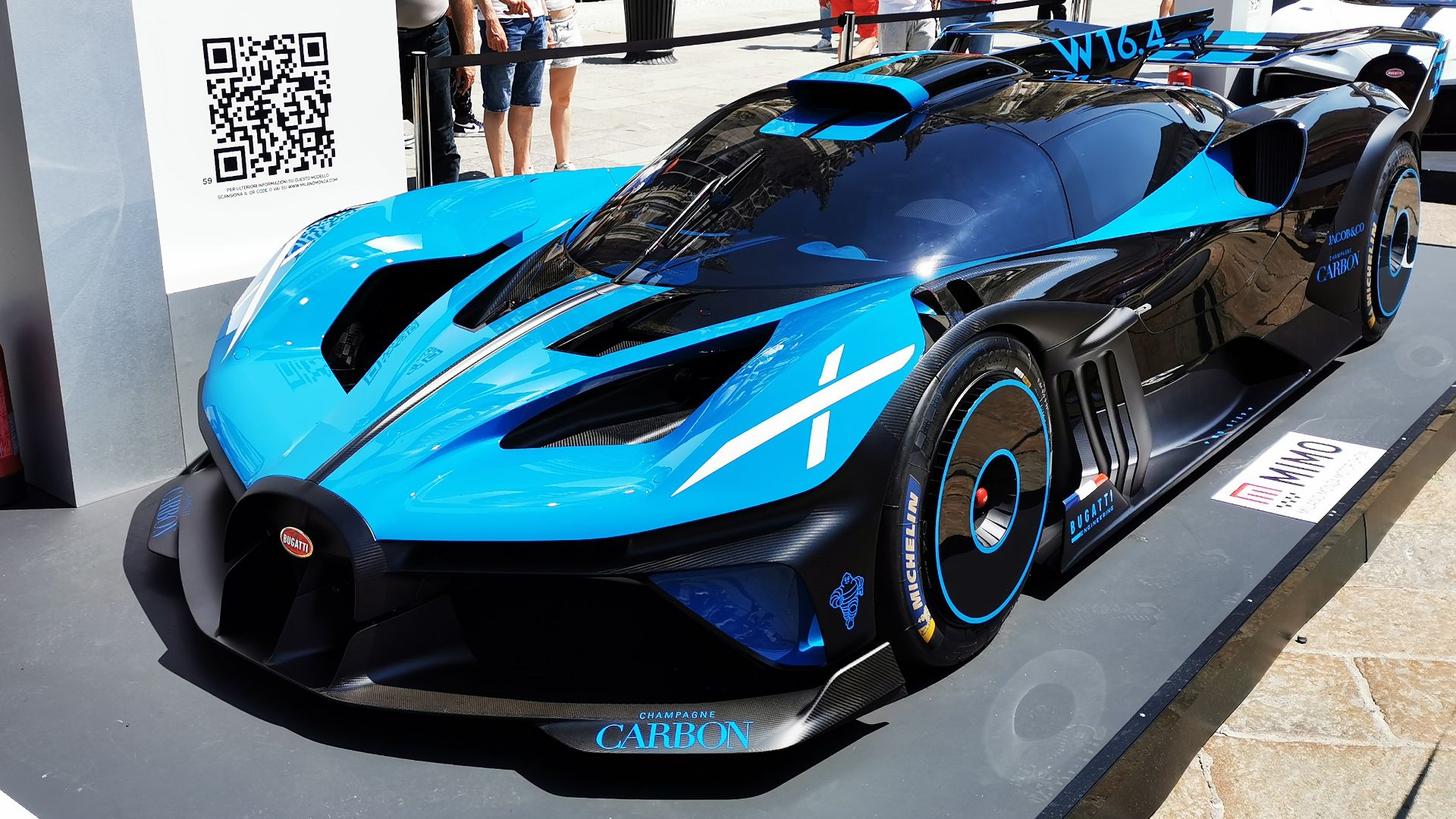 Saggittarius A, Wikimedia Commons
Saggittarius A, Wikimedia Commons
Bugatti Bolide (Cont.)
It takes everything Bugatti learned from the Veyron, Chiron, and their various derivatives, then throws practicality out the window in pursuit of pure speed. Thanks to extensive use of 3D-printed titanium components and morphable carbon fiber, the Bolide achieves a power-to-weight ratio that borders on the absurd.
Pagani Utopia
Horacio Pagani's latest masterpiece is a bold rejection of the hypercar world's obsession with electrification, delivering pure V12 soul in an era increasingly dominated by hybrid complexity. The Mercedes-AMG twin-turbocharged 6.0-liter V12 engine powers the Utopia's estimated top speed of 220 mph.
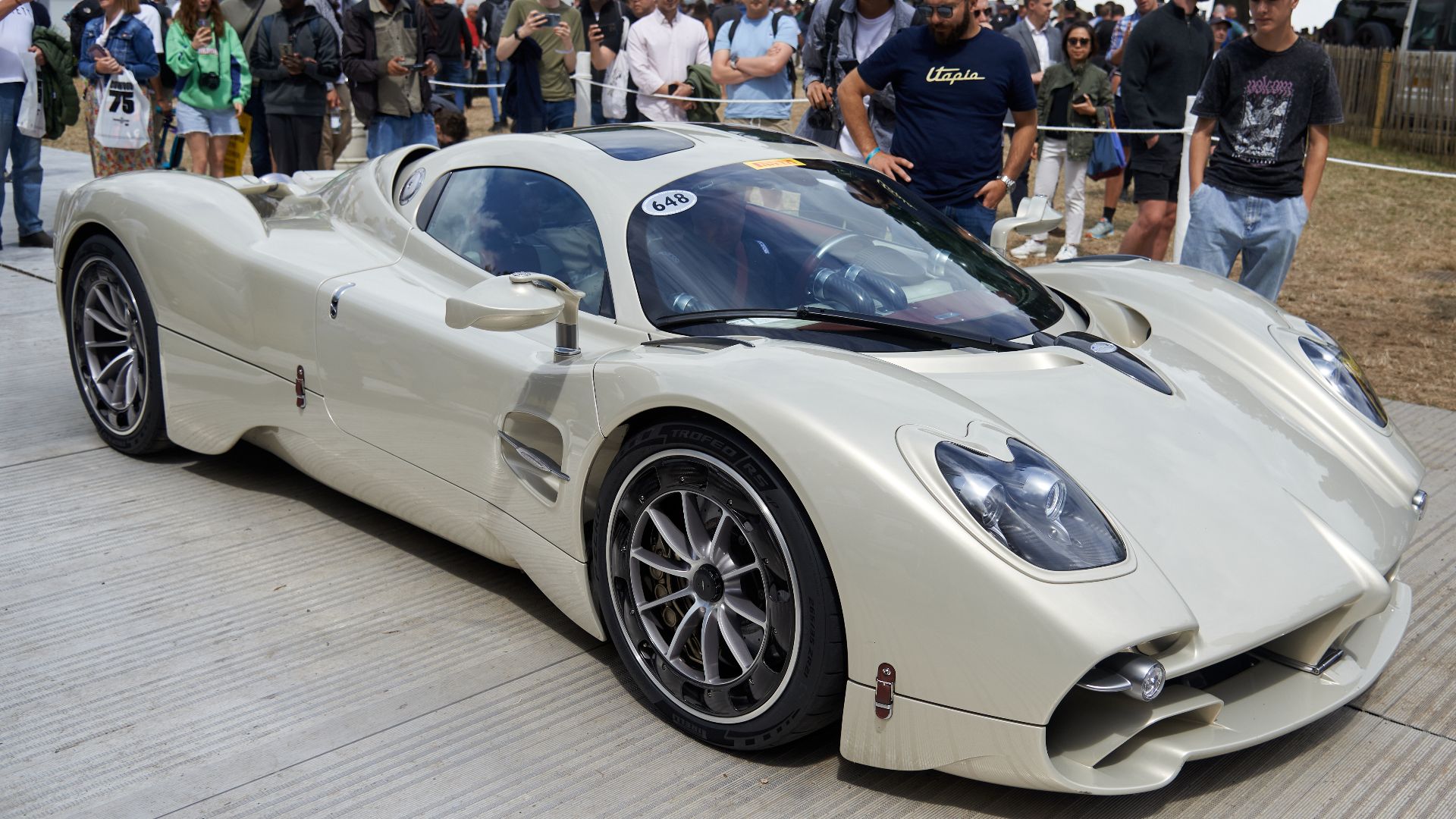 Andrew Basterfield, Wikimedia Commons
Andrew Basterfield, Wikimedia Commons
Pagani Utopia (Cont.)
It pumps out around 852 horsepower. With 70% of customers expected to choose the six-speed manual over the automated gearbox, the Utopia proves that driving purists still exist among the ultra-wealthy. It is limited to 99 coupes at $2.19 million each.
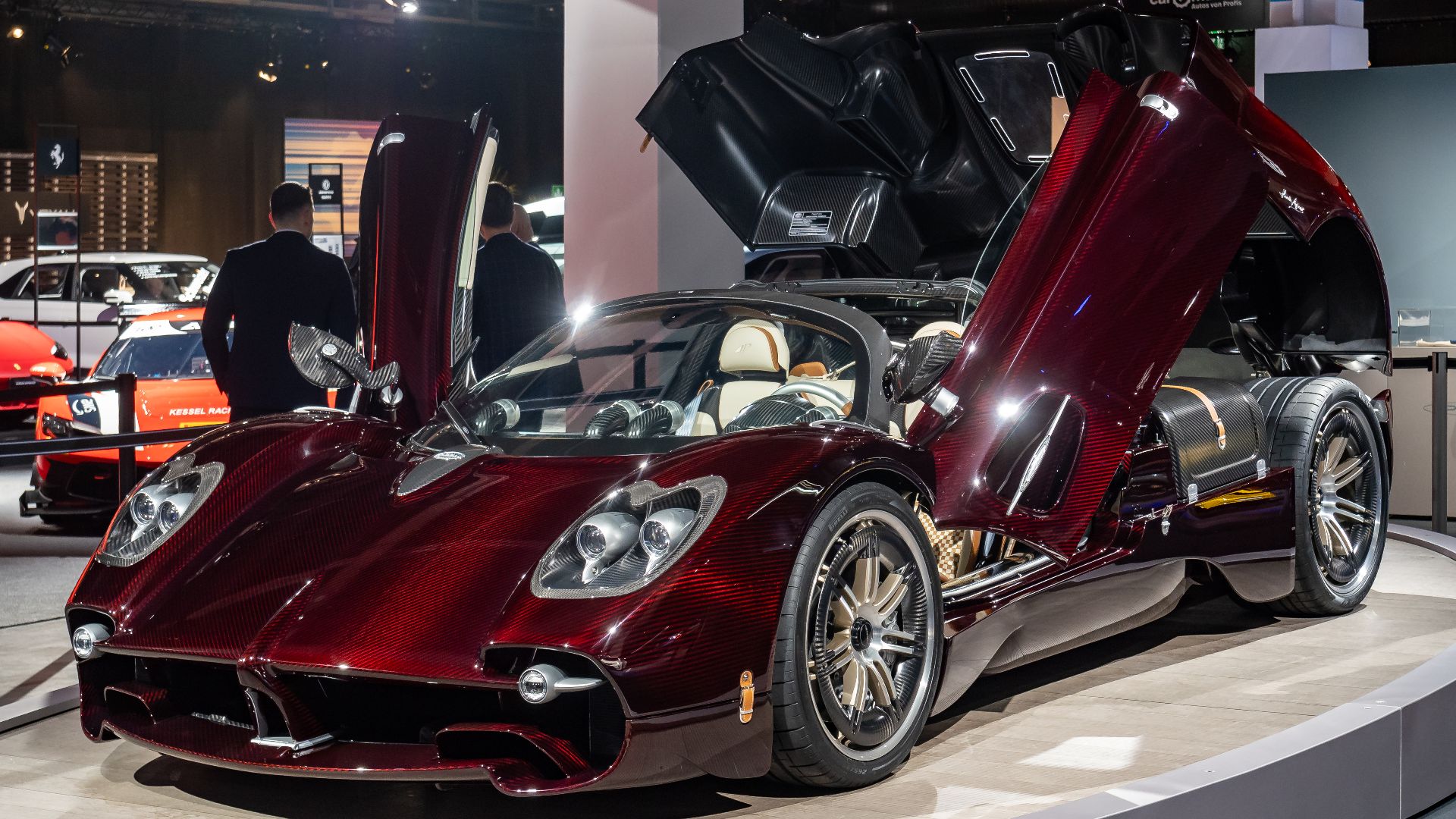 Matti Blume, Wikimedia Commons
Matti Blume, Wikimedia Commons
Koenigsegg Gemera
Christian von Koenigsegg completely lost his mind, and we're grateful for it. The Gemera shatters every preconception about what a hypercar should be by packing four actual adult seats, luggage space for carry-on bags, and a staggering 250+ mph top speed into one impossibly civilized package.
Koenigsegg Gemera (Cont.)
The madness lies in the numbers: 1,700 horsepower from Koenigsegg's "Tiny Friendly Giant" 3-cylinder hybrid engine, paired with three electric motors that deliver 2,581 lb-ft of torque. Zero to 60 mph happens in just 1.9 seconds—faster than most people can process what's happening.
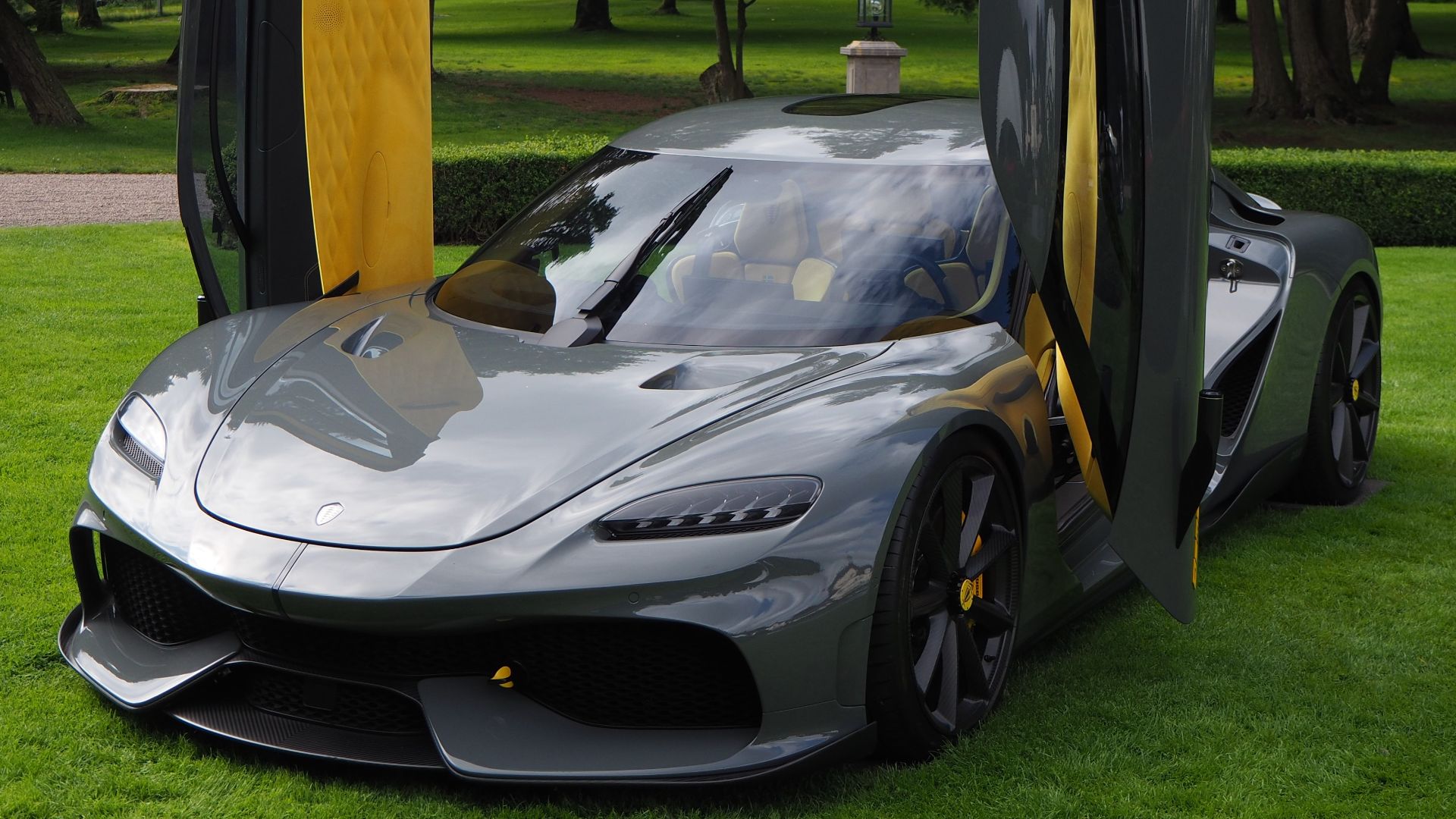 Herranderssvensson, Wikimedia Commons
Herranderssvensson, Wikimedia Commons
Ferrari SF90 Stradale
Performance is staggering when it comes to this gem. The SF90 Stradale races from 0 to 60 mph in barely 1.9–2.5 seconds and can reach a superfast speed of 211–219 mph (340–352 km/h), depending on the model and configuration.
Ferrari SF90 Stradale (Cont.)
It makes use of an 8-speed dual-clutch automatic transmission, notable for compactness and rapid shift times. Additionally, the car features an all-wheel drive thanks to the electric motors powering the front axle. In eDrive mode, the vehicle can operate solely on its front electric motors.
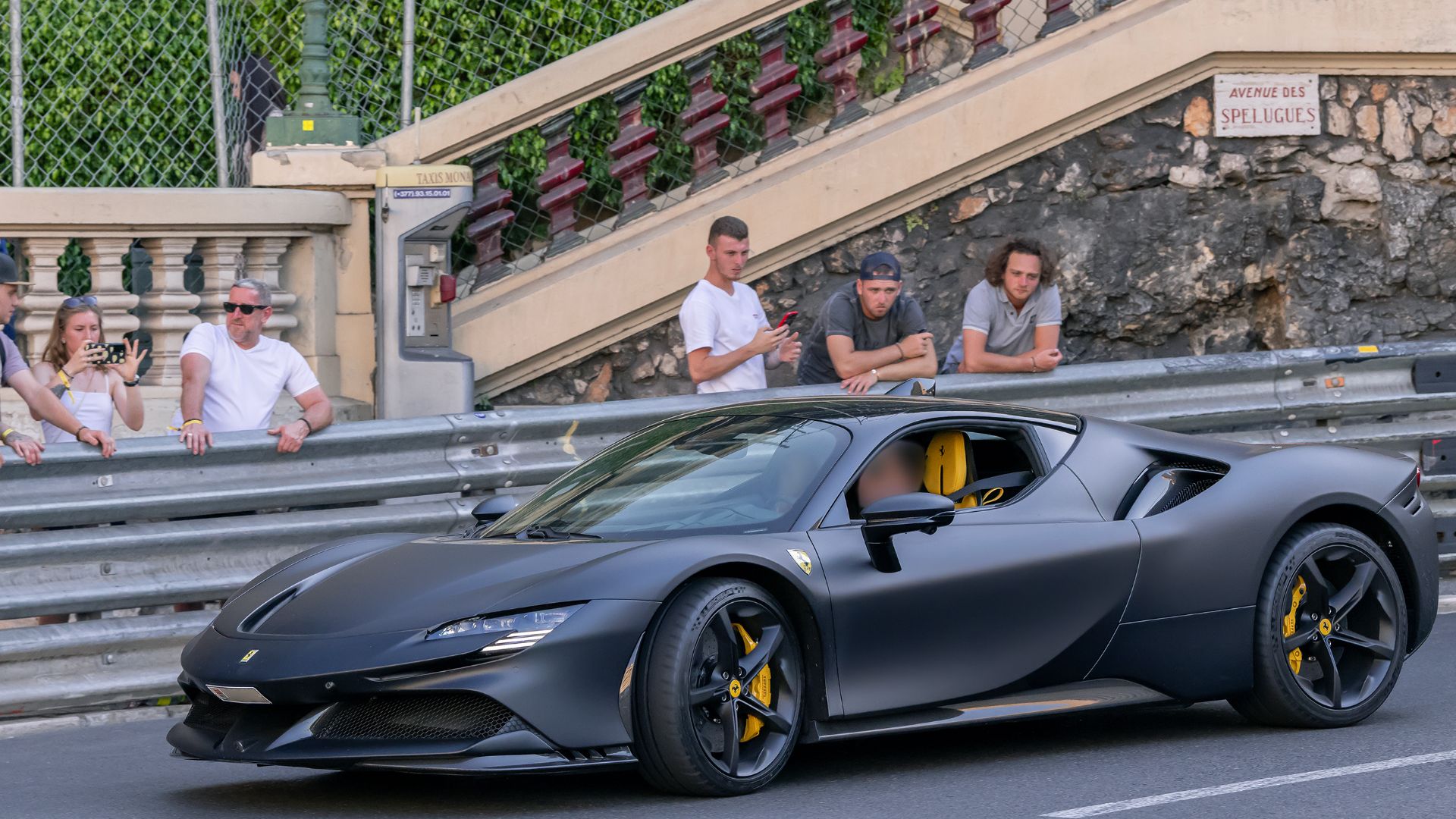 Alexandre Prevot from Nancy, France, Wikimedia Commons
Alexandre Prevot from Nancy, France, Wikimedia Commons

